

Semana Cuatro: Democratic Memory
Hola a todos y todas, and happy miércoloes!
Sorry for the delay—things have been crazy here in Spain with final projects, random day-long trips on Tuesdays (which is usually when I finish typing up the blog), and, of course, class!
For next week, I want to answer some questions! So please either text, email, or comment down below with questions about Spain, my trip, planning for the trip, or literally anything—and I will respond. If not, you’ll be getting a long list next week of my Spain favorites and least favorites: from food to music, etc., and maybe even some Toledo recommendations if you ever find yourself on this side of the Atlantic.
I can’t believe I’ve been in Spain for almost a month, and I’m just three days away from leaving Toledo—a place I’ve only just started calling home. That being said, this is the last full-edition blog from Toledo. Next week, you’ll be getting exciting new updates from a new city on the opposite side of the country: Barcelona, capital of Catalunya, and of course, of Catalan, where I’ll be staying with a new host family. ¡Qué divertido!
Before making this journey, I’m first heading to the great city of Salamanca, home of the even greater Pablo—aka my Spanish teacher of two years back in Pomfret. I’m so excited to see him and visit the place I’ve honestly heard more positive things about than any other city in Spain. So Pablo, know my expectations are high—and hopefully you’ve got a list of all the “bests” of Salamanca, because I’m not coming prepared.
Before getting too far into it, a few updates:
We are up to 11 Mercadonas!
Also, a few Delia travel tips:

Tip #1: Leave room for adventure.
What I’ve learned from my travels around Spain so far is that, oftentimes, it’s better to come unprepared—ready for adventure. Now, I’m not saying forget your military-grade phone charger, wallet, or water bottle—but maybe don’t schedule your entire day down to the minute.
For some cities, like Madrid, having a plan can be useful. But for smaller cities—like the one I visited this weekend—it’s nice to just wander for hours, go on side quests, and see where the cobblestones take you.
Tip #2: Get good footwear.
As someone with flat and very wide feet, finding proper shoes has always been a struggle. In fact, I once ran a half marathon in week-old shoes and ended up hurting my feet so badly that I finished the race in tears, with bruises on my feet.
But the secret to surviving my findes (weekends) of walking over 25 kilometers? My Birkenstocks.
When I first bought them during March break in New Hampshire, they were absolutely the most painful shoes I had ever worn. They were kind of narrow for my feet, and I was seriously worried I’d wasted over $100 on shoes that rivaled my disastrous half-marathon pair.
But according to everything I read online, Birkenstocks need to be broken in. So I started the two-month process of wearing them around my dorm room—and, might I add, a few times to class in the cold April weather, with some custom rainbow-colored socks that I cut up to work with the shoes.
By mid-May, though, they were the best shoes I’ve ever owned. They’re now fully molded to my feet.
I know my dad would say something like, “Delia, you shouldn’t be wearing sandals on 25 km walks—that’s what sneakers are for.” But let me tell you, Dad (and other doubters): After walking 25 km in Valencia last week in sneakers, my feet and knees were sore, and I ended up with a nasty blister (I’ll spare you the details).
But this past weekend, walking the same distance in the Birkenstocks? No pain, no blisters, nada.
Just some permanent tan lines from the straps because the sun was blaring in a way-too-powerful way.
(Side note: I may be a little burnt.)
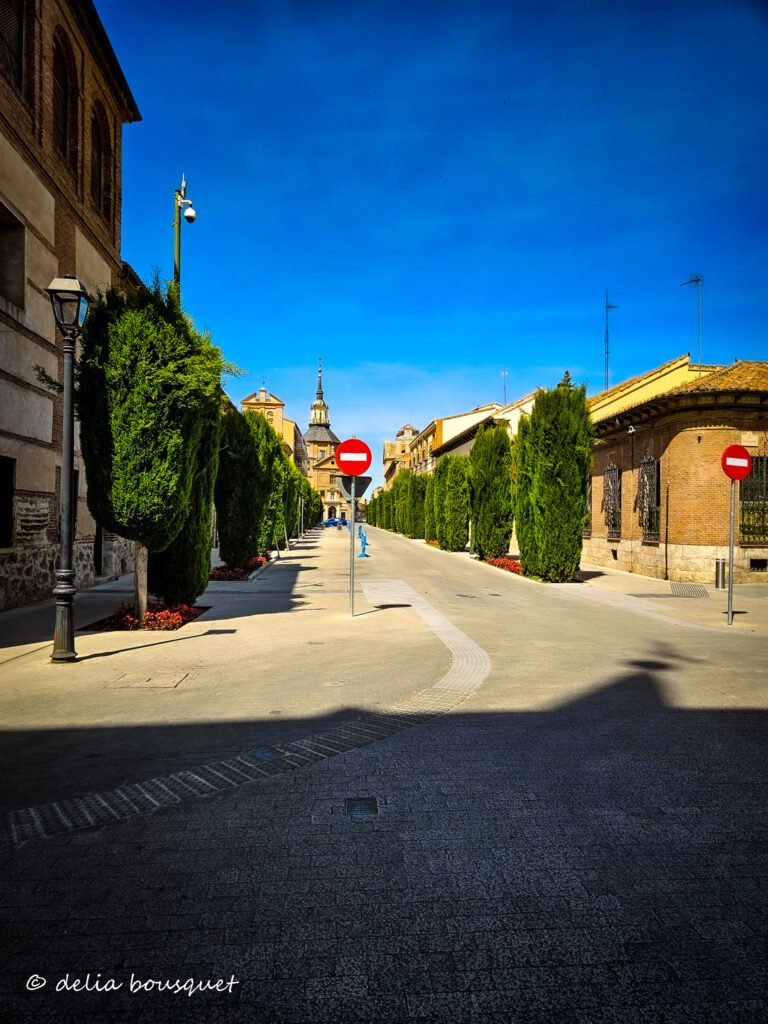
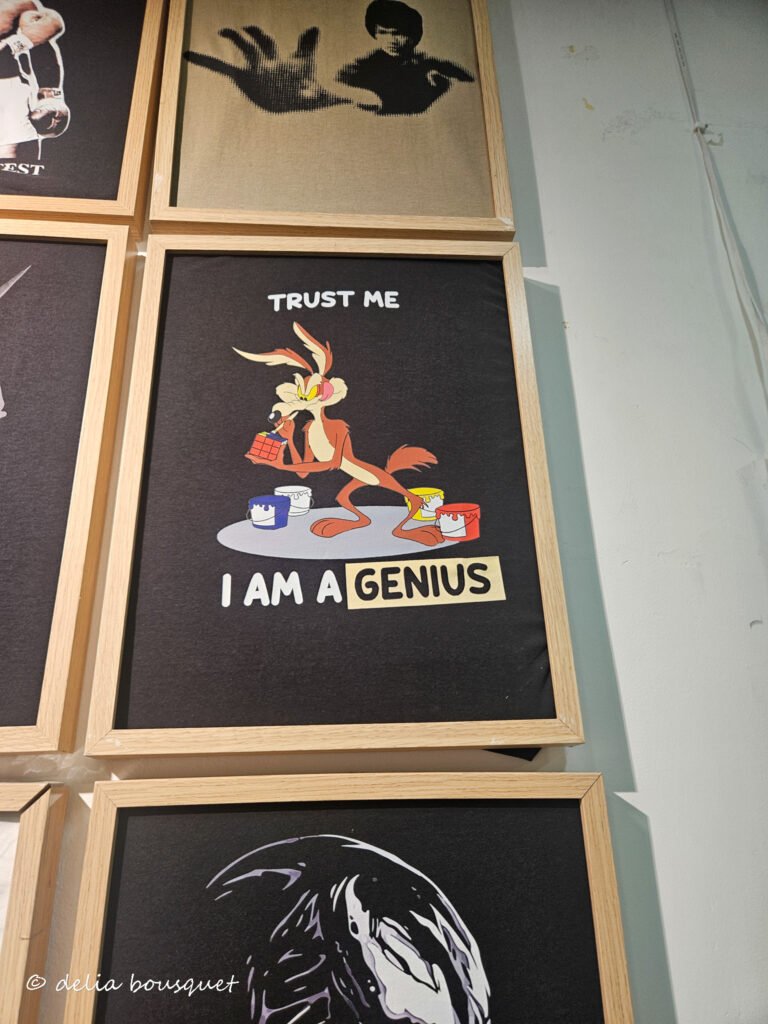
Continuing with the outerwear, let’s talk ropa (clothes). I only brought seven pairs of clothes with me to Spain. I kid you not—my suitcase is lighter than it was when I went on vacation for two weeks last year. There’s so much room because I was forced by the parentals to take my maleta grande (large suitcase). But with just these 7 pairs of clothes, I’ve made 28 different outfits.
Delia’s pro tip: bring clothes that can be mixed and matched easily. You’ll have infinite outfit combos and a light maleta (and maybe, if you’re lucky, you’ll influence the preteen fashion scene).
(Side note: just learned that the famous white skirt is see-through and that my navy Adidas shorts were extremely visible.)
Some other packing essentials:
- Sunglasses: I use my Goodr ones basically every day. For $25, they’re amazing—and very neon pink.
- A battery charger: Not sure if I can recommend the one I have, as my phone tends to feel like a stovetop while using it. (Is that…bad for the battery?) But someone on the trip always wants a charger, so make sure you have one. Your phone is your navigation system, camera, and entertainment center—all in one—and all of those activities drain battery fast.
- An outlet converter: I love mine—it can charge all my devices using just one outlet and has USB, USB-C, and regular ports. A true MVP.
Update on the monedas (coins)—I seriously need to learn this word… I keep forgetting it. Anyway, they are multiplying! Every time I think I’m finally rid of them, more appear! It’s like… in order to use monedas, you must acquire more monedas. It’s a trap.
Most of it has to do with my inability to listen. Like yes, I can understand someone saying a price, but I get so aggravated (and also excited to get rid of my monedas) when they won’t take my credit card that I completely miss what they say. That leaves it to a guessing game of how much the thing I’m buying actually costs. Hence: the never-ending reproduction of coins.
Pro tip: bring a small coin purse or pouch to hold your monedas. My wallet has holes in it, so coins end up scattered all over my bag. I’m currently up to 6.75 euros in coins.
Another pro tip: you really do need cash. Many places have credit card minimums or don’t take cards at all. I run into this issue constantly when buying postales (postcards) or coffee. While I do often purchase two to try to hit the minimum, it’s still sometimes not enough. Maybe I’ll have better luck later this week when I go out to get my postales de Toledo.

I seriously need to buy an abanico (hand fan—fun fact: Spanish has different words for fan depending on the kind, like electric fan, hand fan, or even being a fan of something like a sports team). The weather has gotten bastante caliente (quite hot). ¡Qué calor!
I thought it had cooled down toward the end of last week, but then Spain issued another heat warning for Sunday through Tuesday. And while I still don’t understand all the secretos of keeping the heat out—my host mom gives me instructions like 10 times a day: raise the persiana, lower the persiana, open the window, no wait, close the window (it could honestly be a full-time job)—I do have a personal heat-sleep secreto.
Sleep hack: I sleep backwards in my bed. Yep. I move my pillow to where my feet normally go because that spot is directly under the ceiling fan (which I have secretly turned up past the lowest setting—despite my host mom insisting it’s “cooler” on low… it’s not) and it’s closer to the ventana (window).
Another tip: ducharse (shower) before bed and use a hair tie. Even though my hair is short, it still gets hot. Just be careful—if you leave your hair up while walking outside, you might end up with a strange sunburn. (Don’t ask me how I know that.)
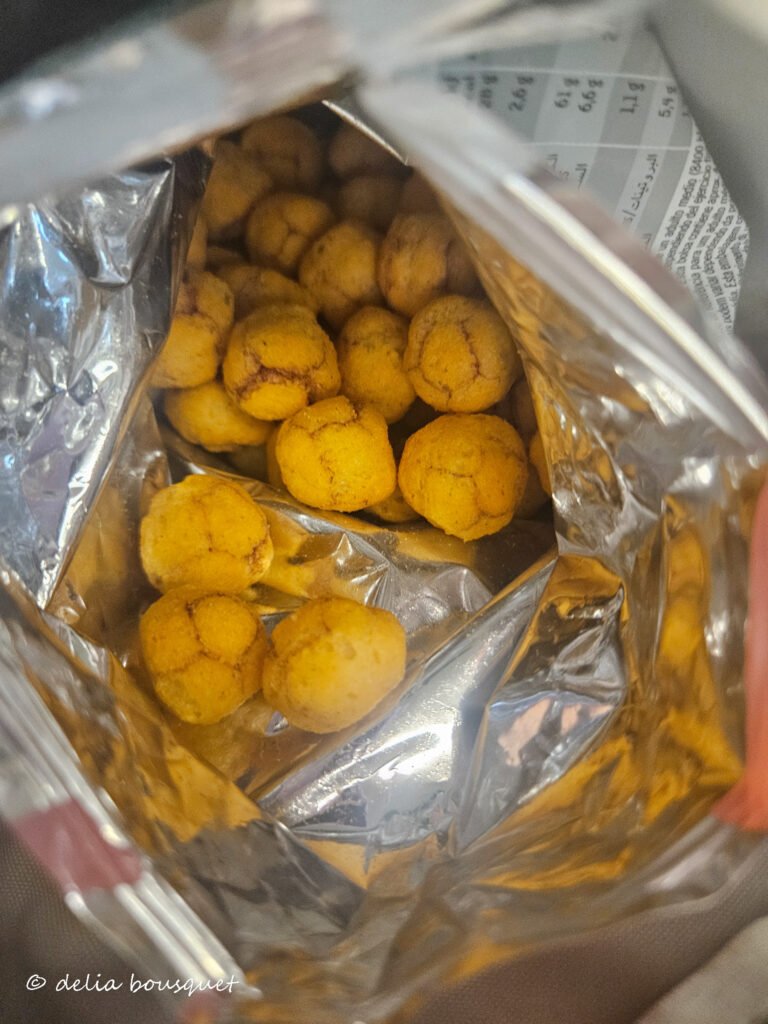
Spanish Cheetos. So, you know how U.S. Cheetos are that radioactive bright orange color? Not in Spain. Here, they’re a light yellow color and taste more like a corn chip than that strong cheesy-chemical flavor you get back home.
I definitely prefer the U.S. version taste-wise, but I’m sure the Spanish ones are way better for my health and not, you know, slowly killing me.
Fun fact: the Cheetos here also come in different shapes! I had some that were shaped like little soccer balls!
Another interesting thing I haven’t written about yet is the lack of door handles. For example, the puerta (door) to get into my casa doesn’t have a handle. Instead, you have to use the key to turn the bolt to open and close it—from both sides.
I actually think this is a great idea, because it makes it almost impossible to lock yourself out—you literally need the key just to open the door in the first place. I mean, I guess you could open the door with the key and then accidentally close it with the key still inside on the other side… but personally I’ve never had that problem. The only ones trying to escape are the gatos, who love to dash down the stairs!
Here’s one more fun fact—not exactly a cultural difference, because I’ve never seen anything like it in the 42-ish U.S. states I’ve been to: automatic roadblocks.
In Toledo, many streets are pedestrian-only and have barriers to block cars. But since these areas still have shops and restaurants that need supply deliveries, enter the magical street converter! These poles (yes, I have pictures) rise and fall automatically to allow certain traffic through while keeping others out.
It made me think of all the times my mom (who works in parks and recreation) has had to wait for some janitor or staff person to come unlock a gate for a race or event. Imagine if we had magic road closers like this in the U.S.—just press a button, and a road goes from car-only to pedestrian paradise.
No keys, no waiting, no “I don’t have access to that lock.” Just magic.
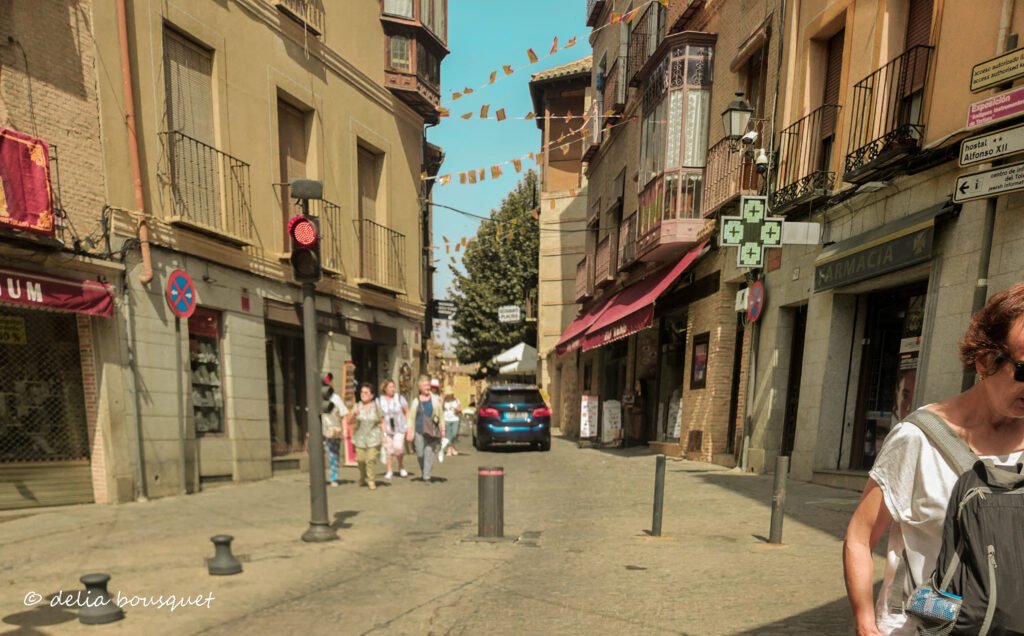

Now that we’ve had our cultural appetizer, let’s get into the main course—my week! There’s a lot to unpack.
Starting with Wednesday: I woke up and published my last blog, as always. Then, in the early afternoon, we took a class trip to the famous Puy du Fou in Toledo (still not sure what that name means, by the way).
Like I said last week, we were given almost no information—just that it was a park of espectáculos (shows). So I had no idea what I was getting into. They handed us a map and a list of showtimes, and I just followed a group of people around.
We got in line, waited a bit, and eventually were let into a dark auditorium. We were 30 minutes early for the first show, so I may have snuck in a quick nap while the group I was with rambled on about Lord of the Rings.
Suddenly, a loud voice boomed over the speakers in Spanish. I jolted awake as the lights dimmed. Out of the wall popped a person in medieval attire (fitting the park’s theme) and began to speak. Then, bam—horses in colorful outfits galloped out, the entire set of bleachers began to move, music started blasting, and the spectacle was on.
It was a mix of well-done projections, sound effects, and live acting. From what I could gather, the entire park is dedicated to unpacking the history of Toledo—in a very theatrical, slightly propaganda-ish way that heavily emphasizes Spanish nationalism.
I kid you not: there was one show where an entire town was blown up using special effects, followed by people dancing with horses while waving giant Spanish flags, as the audience shouted ¡Viva España! (something like “Long live Spain!”).
There was also a bird show, which was… loosely connected to Toledo? And another spectacle ended with horses and people dancing in a giant indoor water pool situation. (Yes—indoors. Don’t ask me how.)
The grand finale was the espectáculo de la noche, which started at 10:30 p.m. This was a 75-minute beast of a show that included:
- a working train
- all types of animals
- a full army
- a life-size boat and fortress rising out of a pond
- a massive replica of Toledo with shifting projections depending on who controlled it
- 1940s-era cars
- and of course, lots and lots of horses
It was like my house at Christmas with our over-the-top light displays—but 1,000 times bigger and way more unhinged. Honestly, my dad missed his calling in life. I could totally see him designing something like this. Maybe he just needs to learn Spanish and get a job in Toledo.
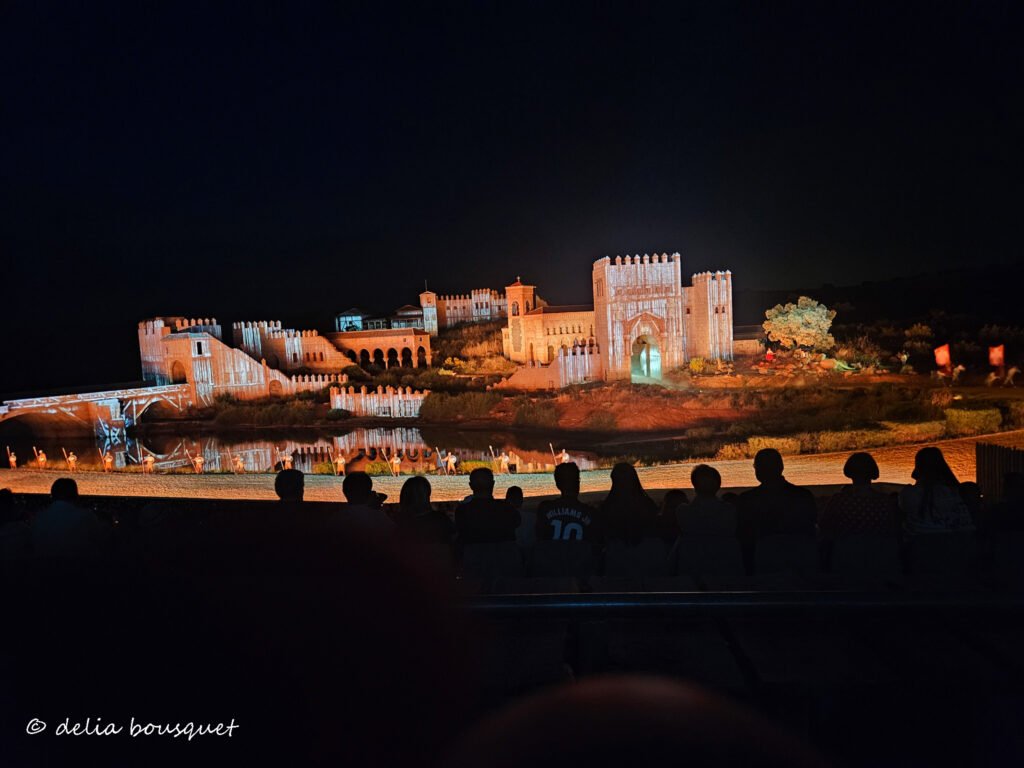


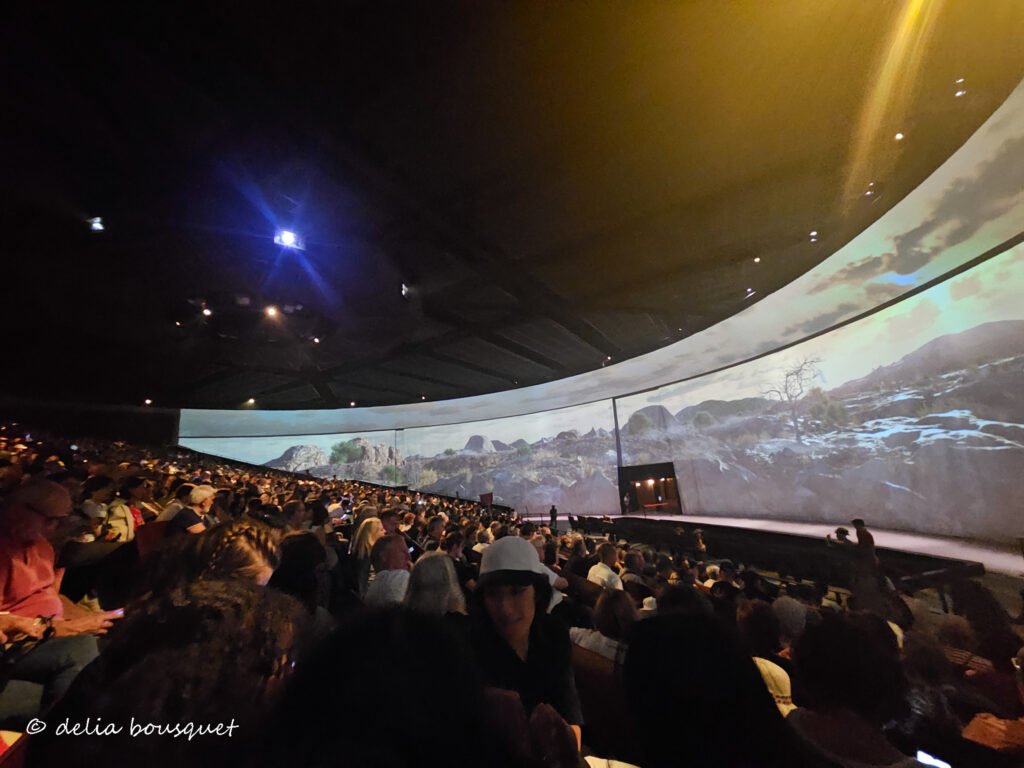
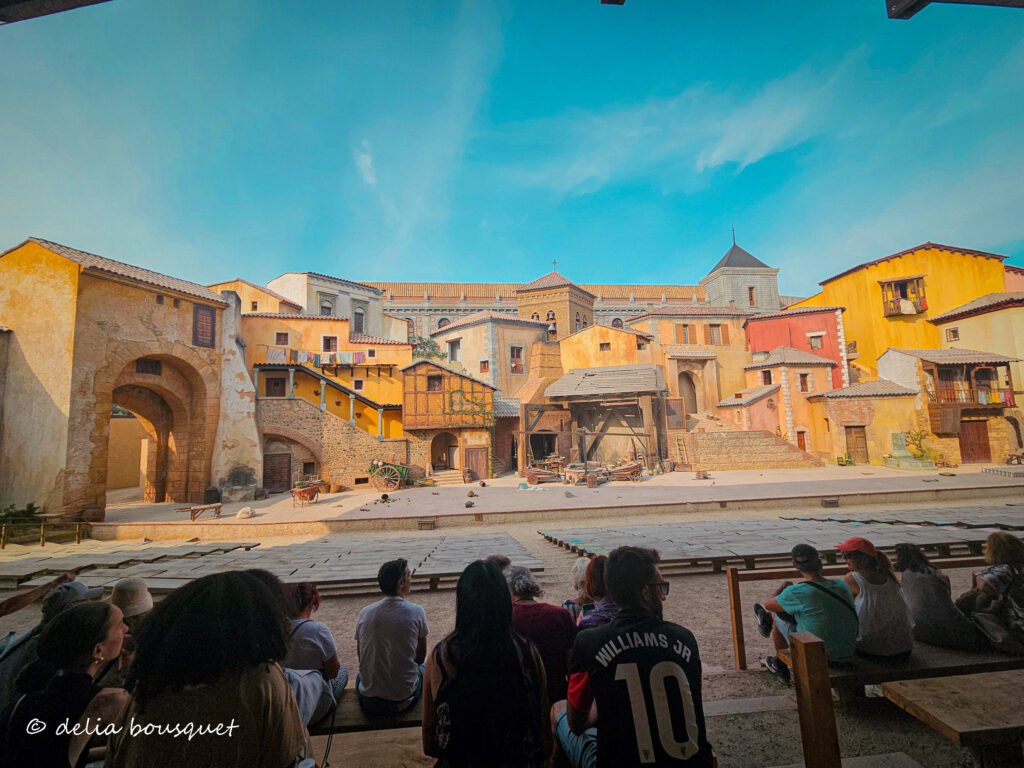
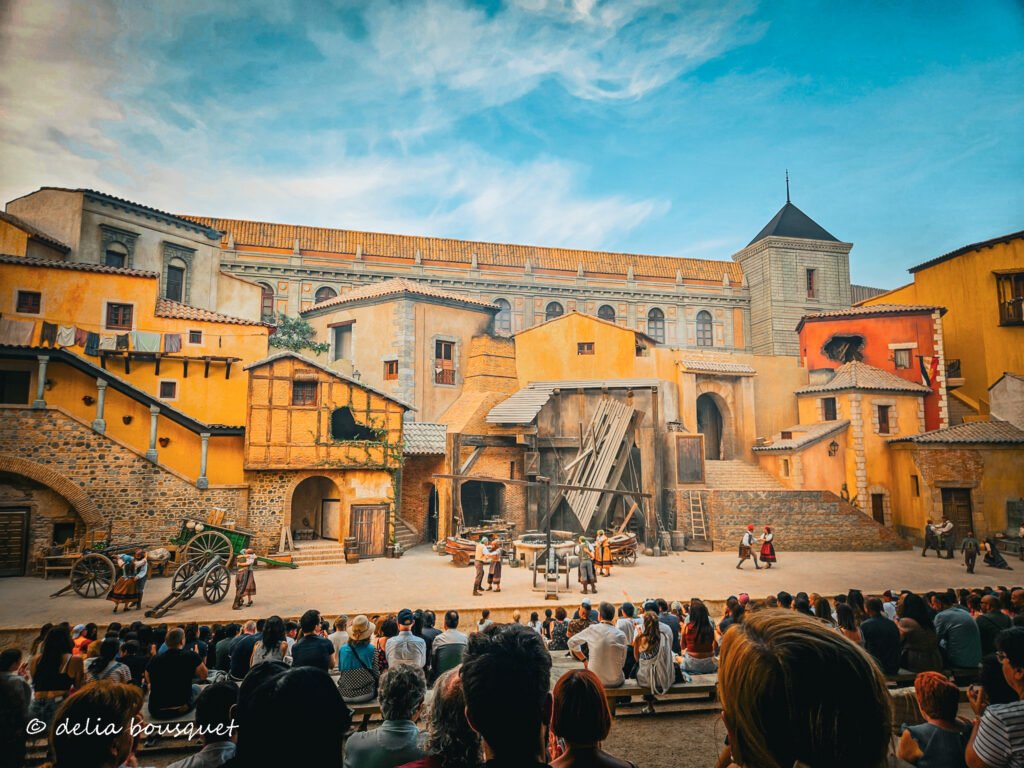
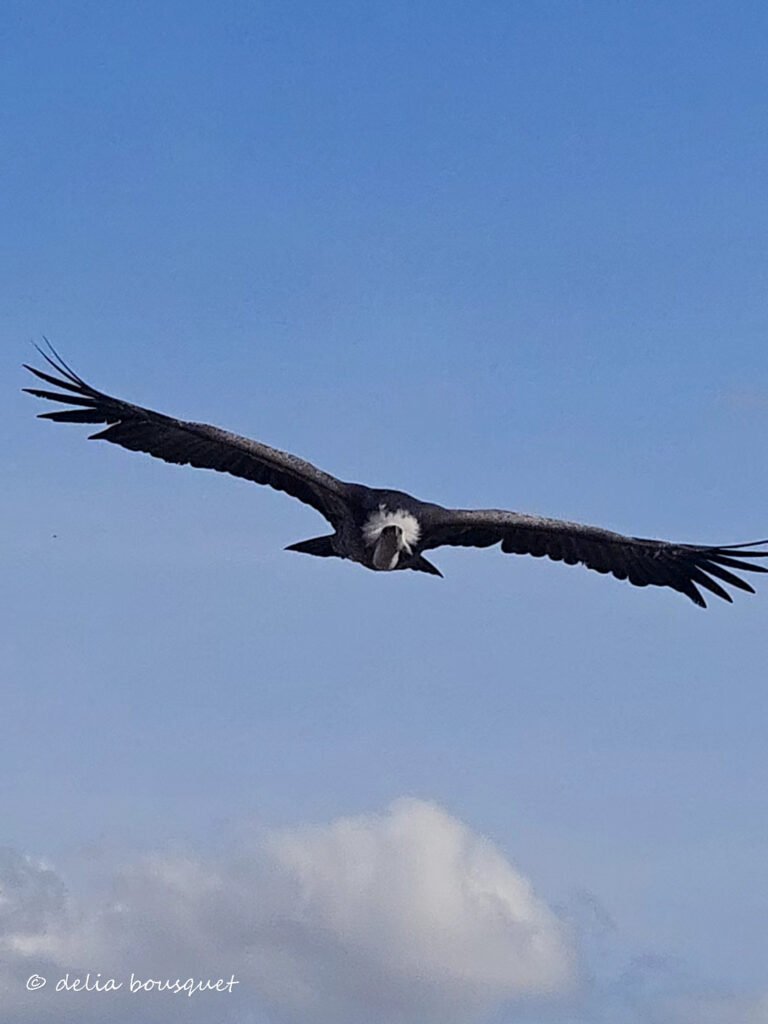
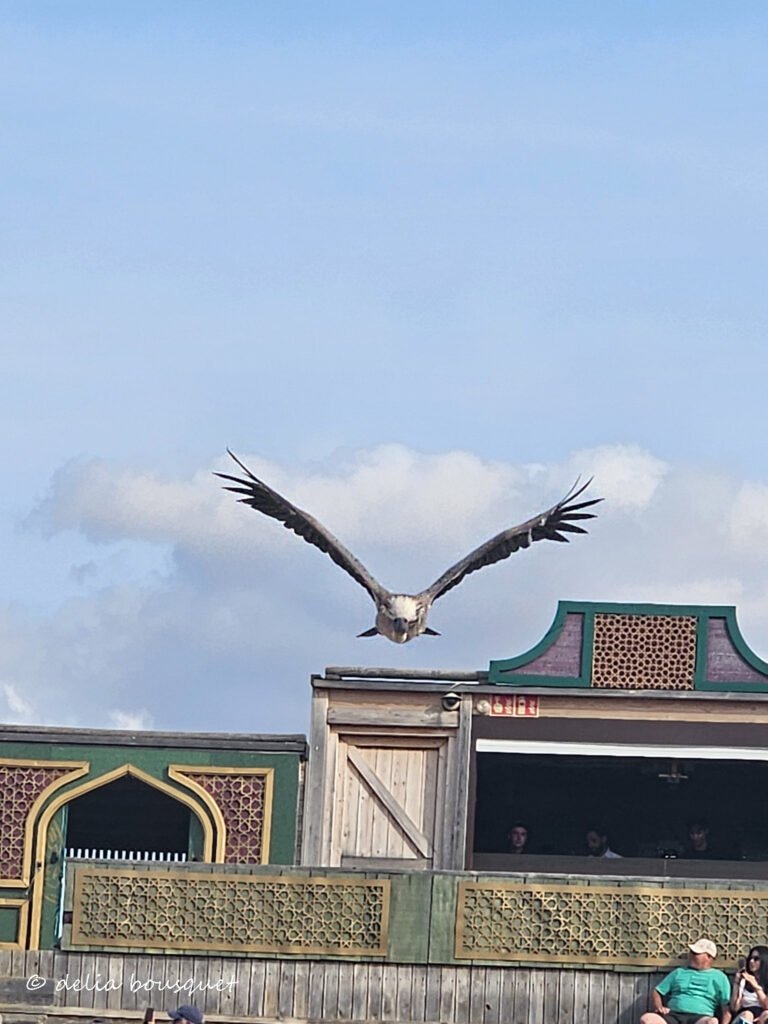


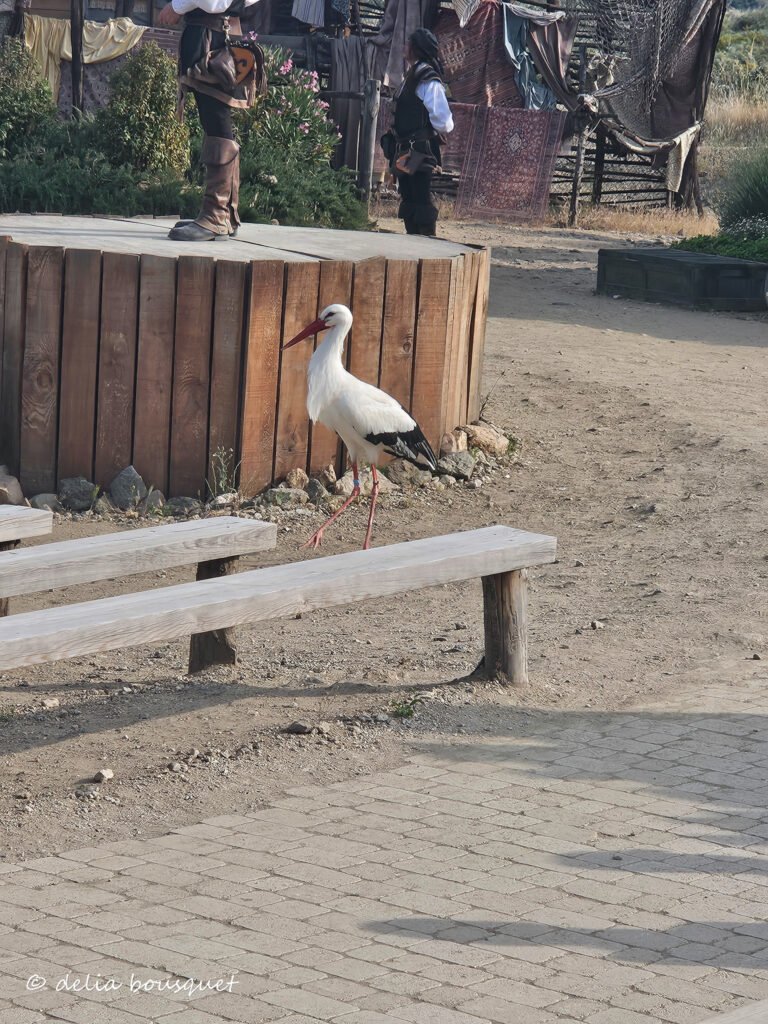
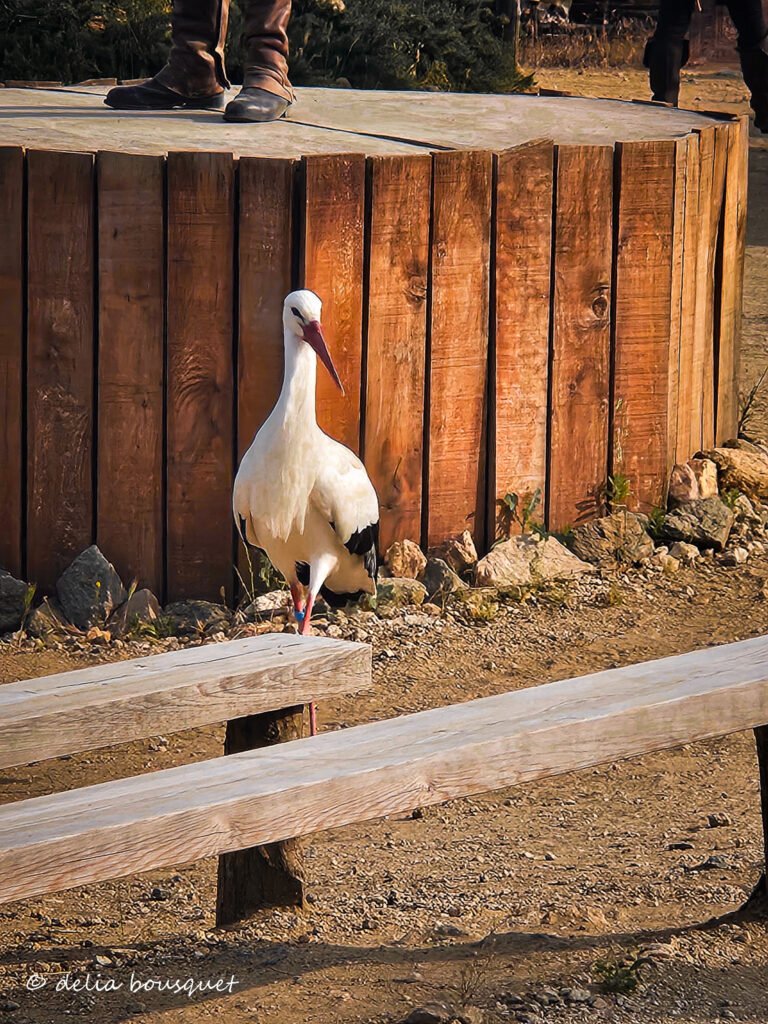
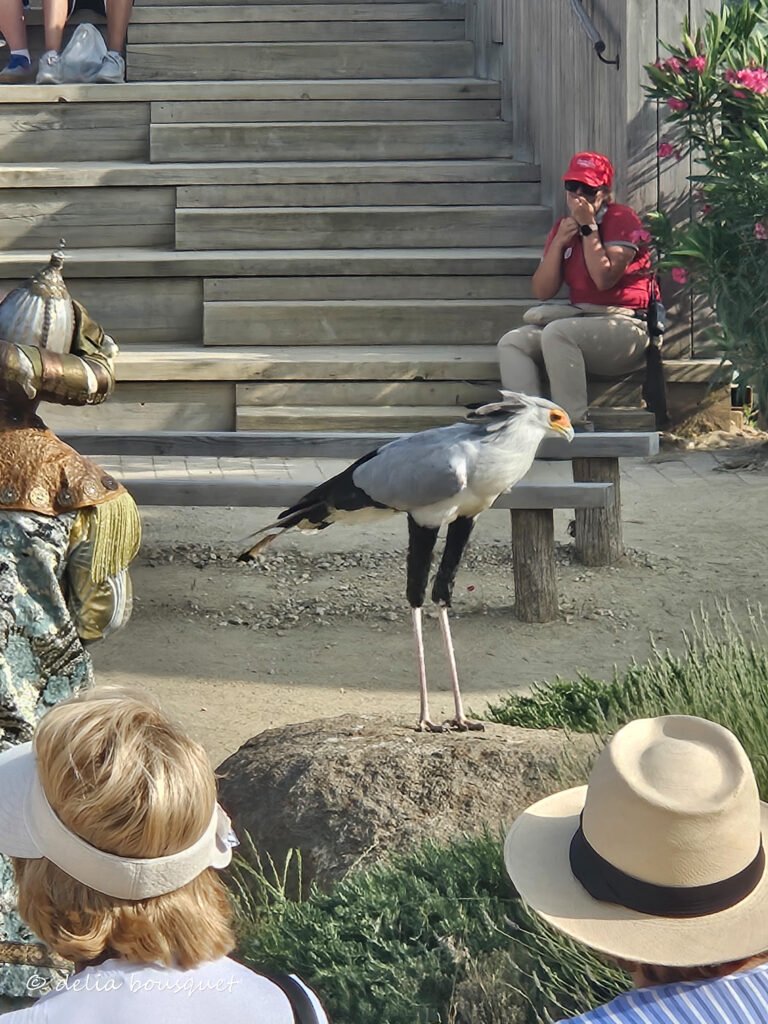


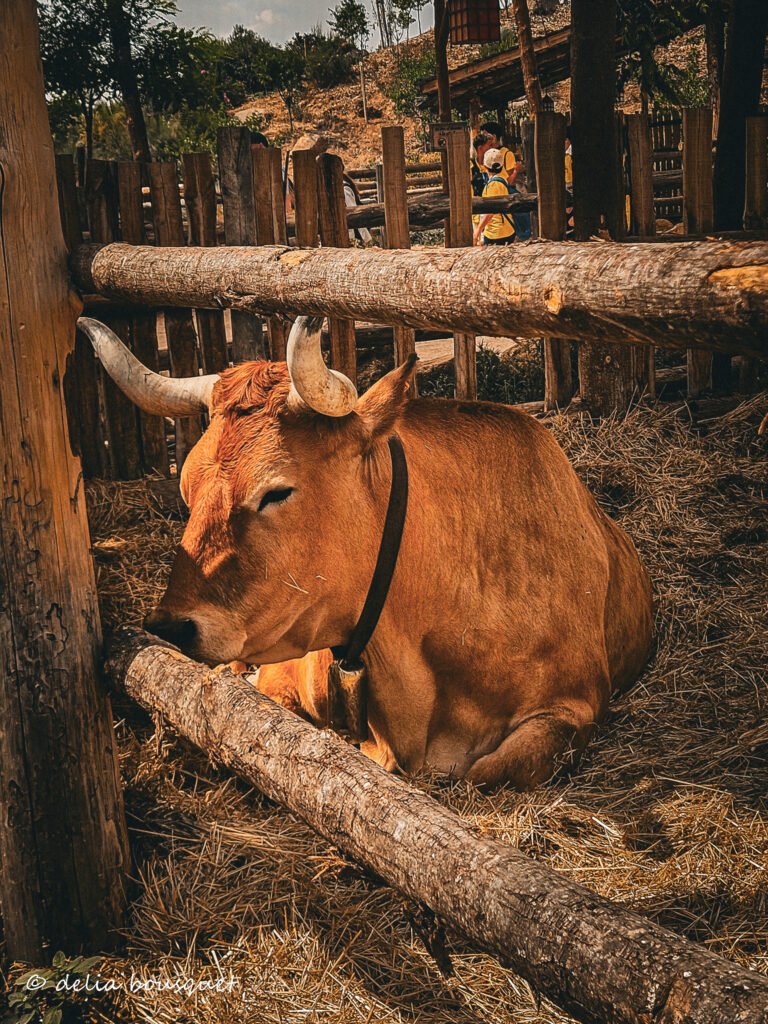
I got back to the casa around 1 a.m. and tried to rest up for my morning class, where we were invited to sit in on the 300-level course for a special guest musician. Actually, musician might not be the right word—it was more like 1.5 hours of poetry, which very-tired Delia could barely stay awake through.
After my second lecture of the day (on art), I went to a café with a friend to get some work done and, of course, catch up on the latest chisme (gossip).
Side note: I finally figured out how gossip spreads so fast in Toledo. First, everyone always has their windows open, so you can hear everything happening in the surrounding casas. And on top of that, street conversations echo like crazy. Personally, I get all the té (tea) because my house is right in a touristy area near a park where people are constantly chatting.
At the café, I tried churros with chocolate for the first time. Spanish churros have way less sugar than the ones in the U.S.—they’re almost savory. The chocolate, though? Not great. According to my friend (a certified churro connoisseur), it was just the place we went to.
I don’t remember the name exactly, but it was something like Café de las Monjas (Nuns’ Café) and had a giant nun statue outside. Unfortunately, there were no actual nuns inside. Disappointing.
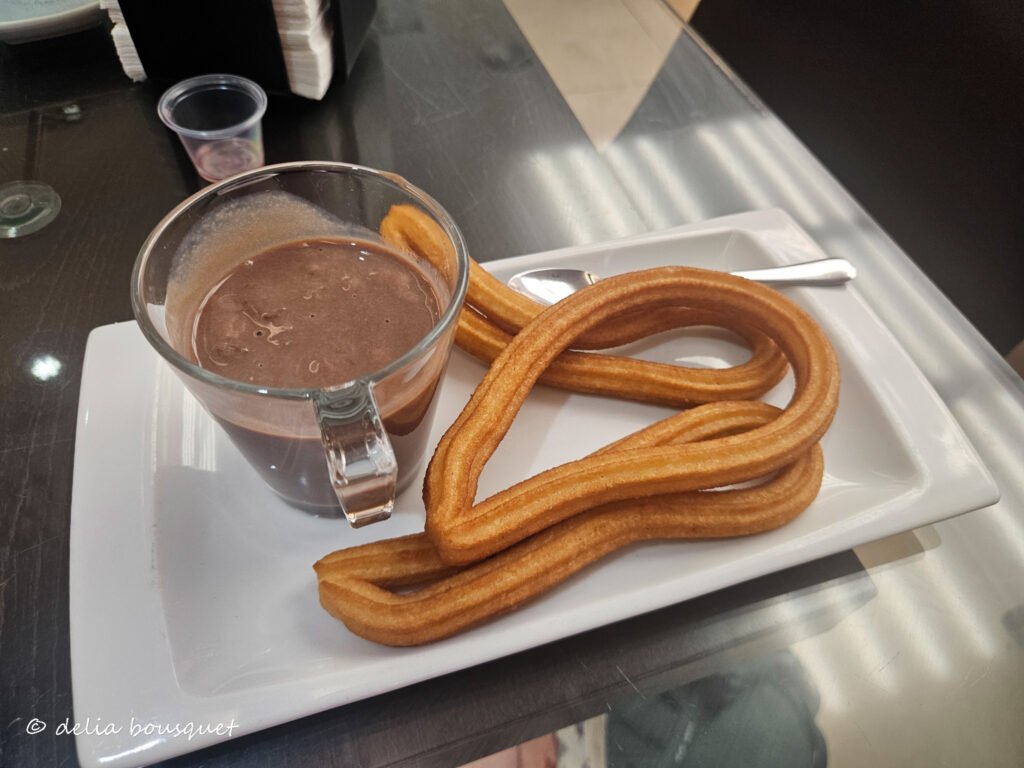
Viernes was another class trip, this time to a museum in Madrid. (Are you noticing the pattern yet?) We went to El Reina Sofía, and in my humble opinion, it was the best museum we’ve seen so far—mostly because of the more contemporary and diverse art.
Of course, we had to get the usual guided tour from my profesora about Dalí and Picasso. And while Dalí’s portrayal of trauma was definitely something (my profesora has probably said “sexo es muerte” a billion times in class—you can translate that one yourself if you dare), I personally enjoyed the more modern and haunting pieces.
There were thought-provoking takes on nuclear warfare, a creepy photo collage, and some seriously intense civil war propaganda. Way more my style.
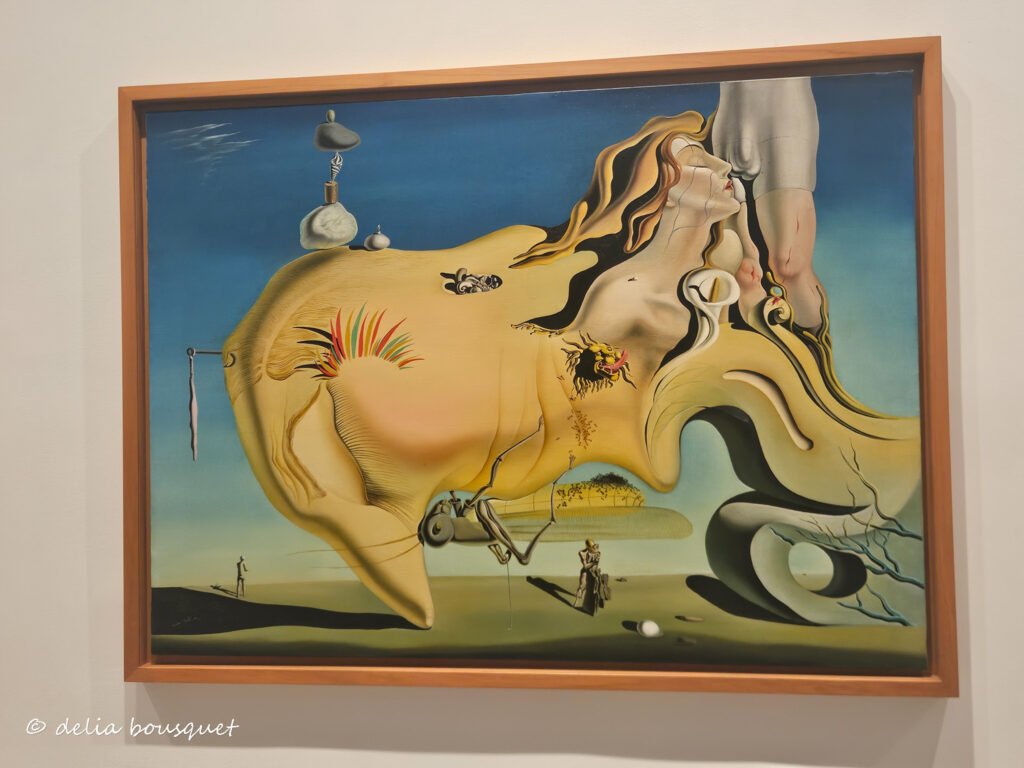
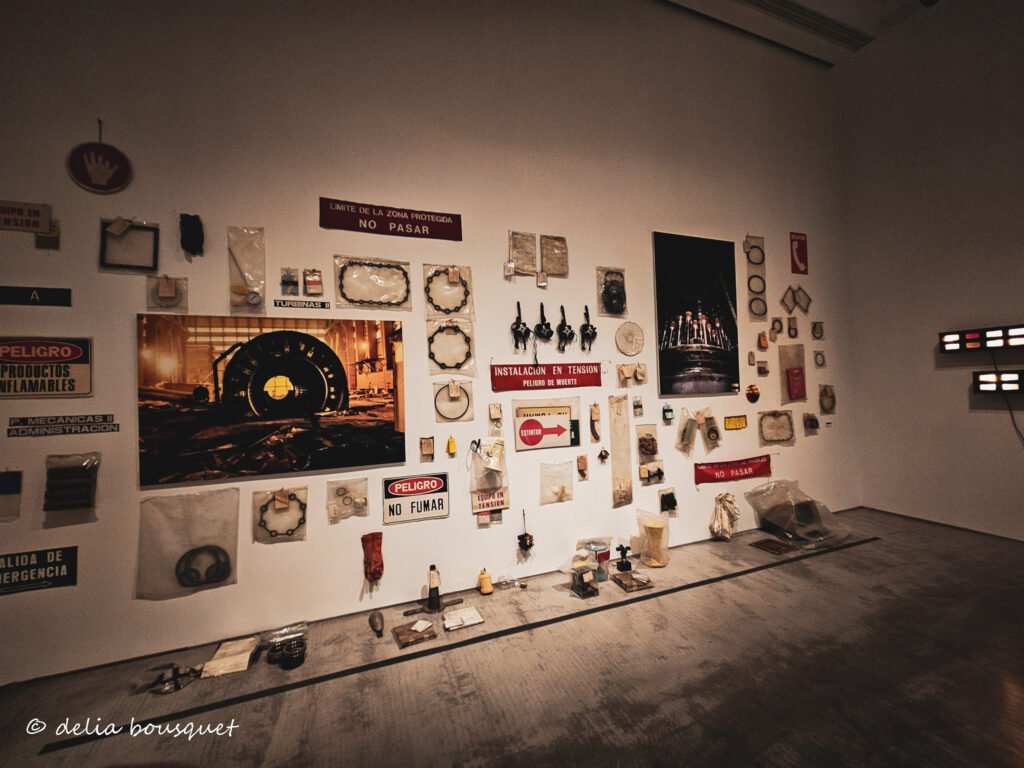

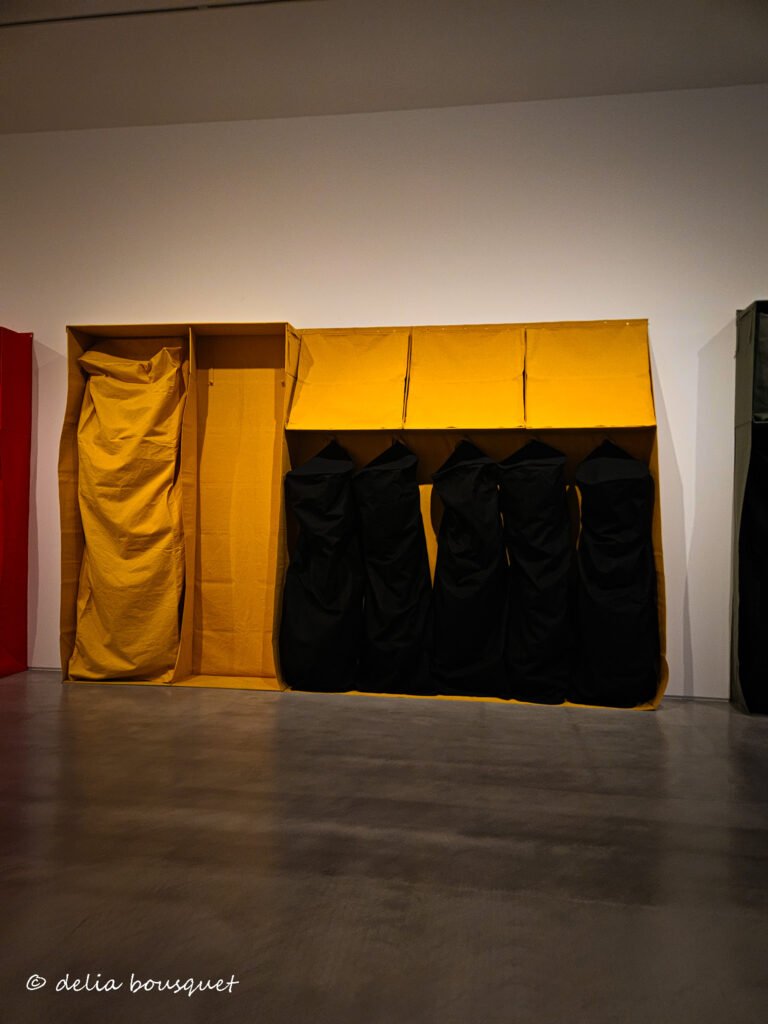
We then headed to lunch at this weird art place, where they served us empanadas and Coke on tiny tables. And while some people were agitated by the lack of options, I had no problem with it—outside of the oddness of the location. Well, turns out this place wasn’t a restaurant at all, but actually a dance studio/cultural center. The tables were quickly removed after la comida, and we were given a long presentation about a social organization that helps immigrant families in Spain, as well as soon-to-be and current mothers, find connection through art and storytelling.
It seemed like a fantastic organization. Beyond their work with immigrants, their focus was on reducing cultural hegemony in Spain, providing a space where diverse artists and members of the LGBTQ+ community could find refuge. Personally, I was sold when I saw the second use of inclusive language in Spain within their PowerPoint presentation!
One big debate we’ve had back at Princeton is how to say words like Latinx. In English, it’s easy—but in Spanish, it seems impossible. Well, I found the workaround during this presentation. They used the gender-neutral pronoun elle, creating words saying words like todxs as todes. I love this innovation. I like the x because I think it does more than just substitute a vowel—it makes a point. But the e makes it pronounceable. It’s a great compromise, and I was so happy to see it out in the wild.
And while the presentation was great and all, the real magic happened when all the chairs were cleared away… and we had a salsa class! Many of my classmates weren’t nearly as appreciative or as excited as I was, but I had a blast. It’s definitely something I’d do again. In fact, we were caught on video yesterday practicing our salsa moves during a post-lunch break by a profesora. Why were we dancing in a plaza after lunch? Mostly out of boredom and waiting for the profes (teachers) to finish their secret post-lunch coffee.

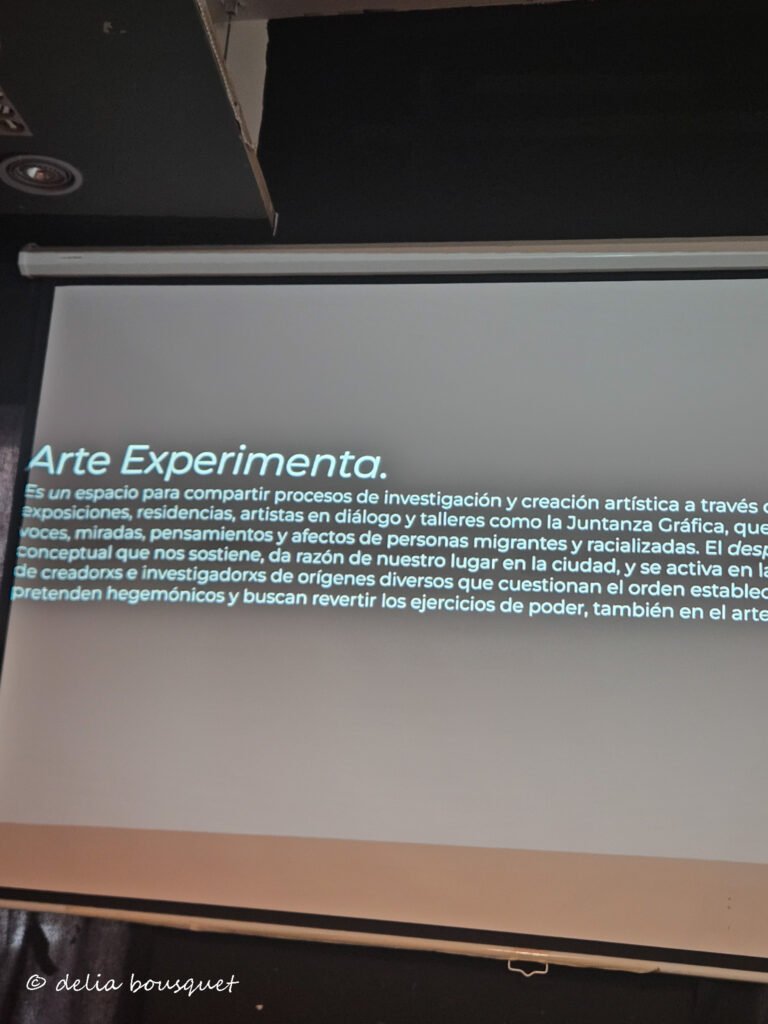
That brings us to Saturday—my adventure day. After the wildness of last sábado, and my inability to find train tickets to Santiago de Compostela (might I add that I did find some last Sunday, but they had mysteriously vanished by Wednesday), I headed to the highly recommended Alcalá de Henares.
Many classmates—and even my host mom—asked me what I was planning to see there, or what made the place so interesting. La verdad? (The truth?) I had absolutely no idea. I left Toledo with zero plan, not even knowing what there was to do, just hoping something would call my name when I got there.
I also got to try a new method of transportation: Cercanías! That’s another type of train in Spain. Honestly, I’m still confused about the different brands under Renfe, versus Cercanías, and then something else called Media Distancia. Pues nada (Anyway), I took the usual easy Toledo-to-Madrid train, then transferred to a Cercanía—basically a slow commuter train that stops every five minutes—heading to Alcalá de Henares.
When I arrived and started walking from the train station, I was a little nervous that Pablo might’ve steered me wrong. It looked like a basic city with basic buildings and not much going on. I was starting to get concerned that I’d have nothing to do until 6 p.m., when I planned to head back to Madrid to catch my 7:45 train to Toledo.
I remembered there was a university in town, so I plugged it into Google Maps and walked the ten minutes there. On the way, I stopped at a supermarket called Día (Day), where I wandered for about 20 minutes studying the food. I must have stood in front of the prepackaged jamón for too long, because some older lady came up to me and started asking which jamón to buy, and something about how the deal on the jamón worked.
I told her I didn’t know—which was true, because I had been standing there for the past five minutes trying to figure out which of the many options I should buy. I ended up going for the mid-range of the €3 to €5 packages and picked the €4 option. I picked wrong. It turned out to be more of an Italian-style ham (prosciutto situation) than the jamón we had on tostada back at the house. But it still made a good lunch. I may or may not have consumed the entire package as my meal.
I also ended up buying an iced coffee (yes, it exists in Spain!) and a package of Spanish Cheetos. The iced coffee was fantastic—very reminiscent of my favorite Dunkin coffee from vending machines back at Pomfret. What I loved most about this café con hielo was the packaging, which featured delightful Spanglish like “muy big.”
Now, it doesn’t take a Princeton student with a Spanish minor to know that big is not a Spanish word. Sure, Starbucks has muddied the waters with grande meaning “medium,” but outside of that odd green monster, grande is the actual Spanish word for big. No one says “muy big” unless it’s an American sixth grader taking Spanish for the first time. But anyway—the coffee was sweet, cold, and definitely prepared me for the many miles of walking ahead.
As for the Spanish Cheetos… let’s just say they’re nothing like their American cousins. Putting mysterious, possibly radioactive chemicals in food just doesn’t fly here like it does in the U.S. In fact, most packaged food in Spain comes with a Nutri-Score—a letter and color system (kind of like Pomfret’s new grading system, lol) that tells you how healthy something is. These Cheetos lacked that cheesy, chemical punch you find in U.S. Cheetos and instead had a mild cheese flavor with a corn chip undertone. They weren’t orange either—they were a light yellow. The package promised no artificial colors or preservatives, and honestly, I believe it. I don’t think I’d call them Cheetos (they were shaped like soccer balls and didn’t taste anything like the original), but they were a decent snack.
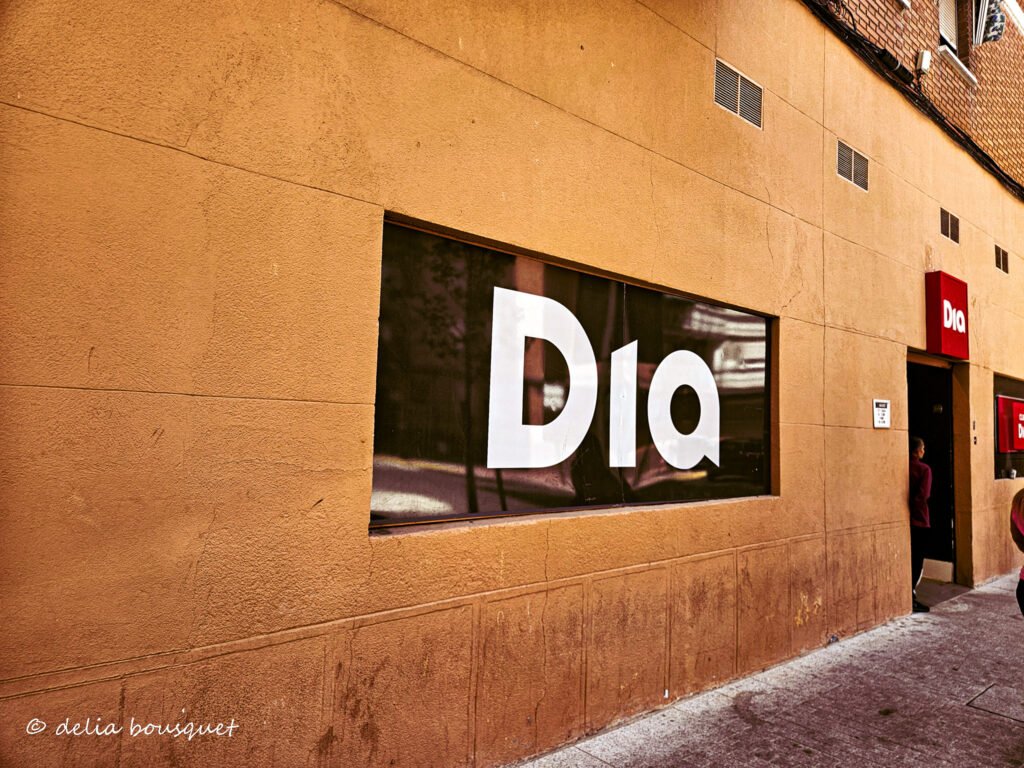

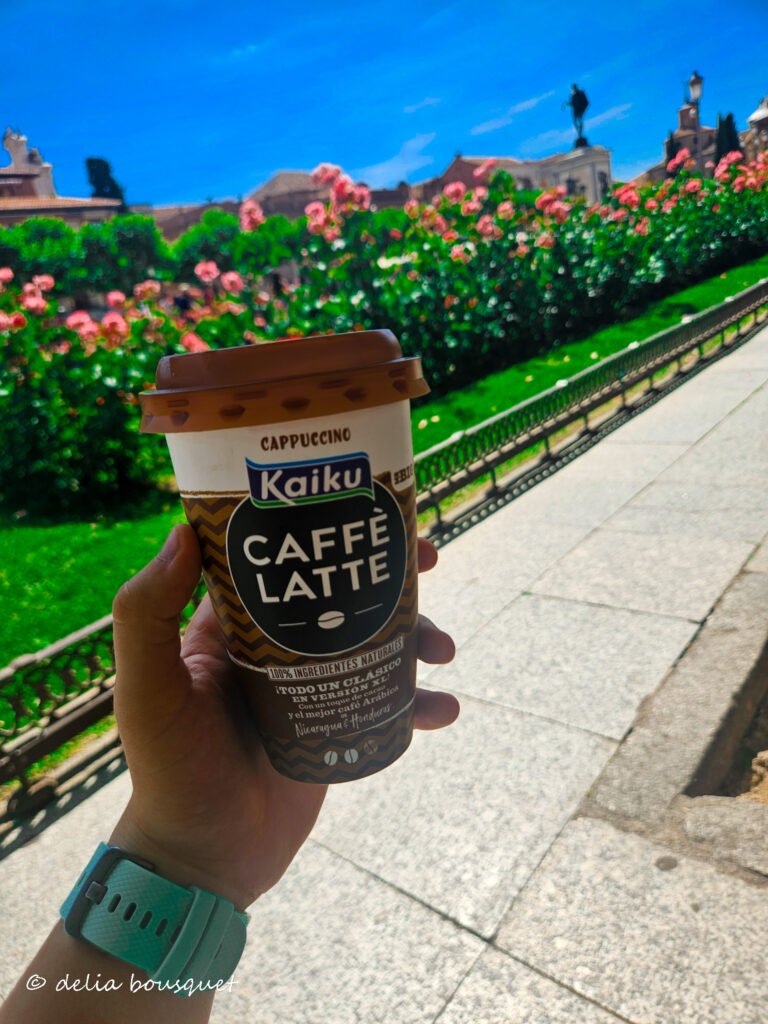

After spending a little too long spying on people in the supermarket, I decided to wander around. I eventually made it to the university, which opened up into this giant Plaza de Cervantes—named for the famous Spanish writer who was born here—complete with a gorgeous garden.
What I loved most was the Calle Mayor, which featured shop after shop after shop. And these weren’t your typical Toledo tourist traps selling swords and souvenirs with “España” slapped on everything. These were regular clothing stores and a few bazares chinos.
Note: I’m still unsure if this term is offensive, but it’s what my host mom and others have called them—literally translating to “Chinese bazaars.” I’m not sure if it refers to the store owners or to where the products come from. From my visits to four different ones, both seemed true. That said, I’m not here to be racist or make assumptions, so I’ll hold off on generalizing.
These stores are quite the experience. They’re like mazes, packed to the ceilings with narrow aisles and overflowing with everything from dolls to light bulbs to art supplies to entire aisles of costumes. It felt like the stuff was closing in on you—you could get lost in there. Kind of like a mini Amazon, minus the convenience of typing what you want. You actually have to search… and occasionally dig through bags. It reminded me of a certain place I once visited in the U.S., and I think some family members will know exactly what I’m referencing (wink wink).
The stuff was all new, not used, and basically the generic version of everything. You want Crocs or Converse? They’ve got them—just without the logo. It was chaotic, borderline absurd… and very fun.
I went on many side quests during the day, including finding a bathroom and a water fountain. The bathroom adventure was quite disgusting, as the public bathroom had poop on the floor and no toilet paper, so I decided to go to a heladería and try a granizado de limón to use their clean bathroom. It was good, somewhat like Dell’s lemonade, but less thick and more sour. It was a nice respite from the heat and the sunburn that I later discovered back at the casa.
I also wandered all around trying to find a water fountain. I ended up at a public park using the dog fountain because the actual water fountain didn’t work. I’m still alive days later, so it’s okay. While there, I walked through the oasis de mariposas (butterflies), which was nice to escape the concrete cities that I have been in as of late.

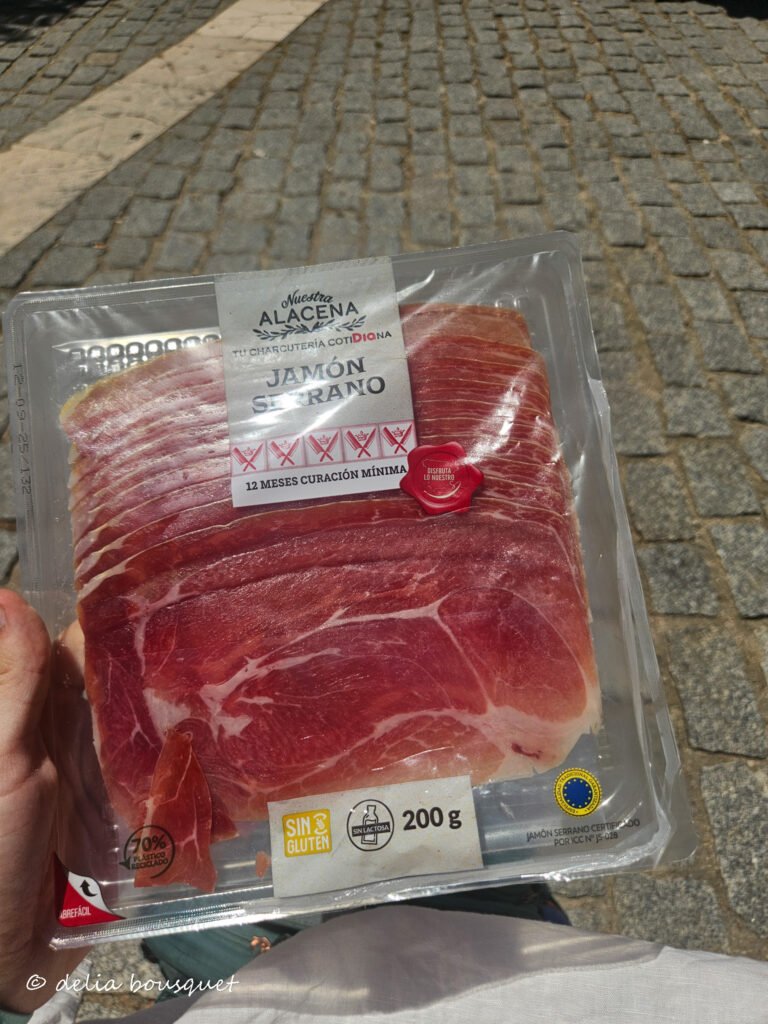

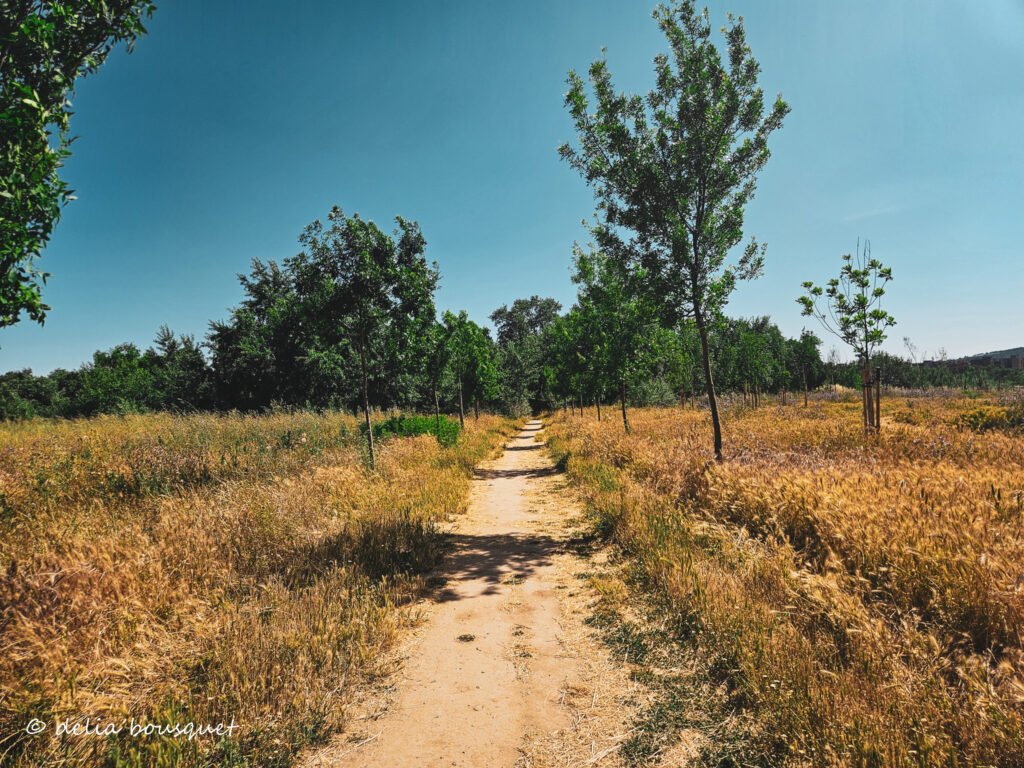
I also explored many of the clothes shops, which were fun and featured many interesting things like a bag that looked like a jacket. I spent 30 minutes swinging in an empty playground because the wind was cool and I needed a break from walking. It was fun—10/10. I don’t know why more adults don’t play on swings… I think they’re good for all ages.
I then headed back home for a day of rest on Sunday and, of course, worked on all my final projects, one of which is a group presentation on art (ughh), and another a video essay. For the video essay, I took a creative approach and decided to write a love letter to Spain with many descriptive adjectives and metaphors because my professor likes that kind of stuff. Yet, when she later read my script, I think she might have thought I was a little crazy. She was like, “Delia, you know Spain will still be here and you can come back? What brought you to this obsession in your life? It’s like there is something missing?”
And while I think Spain is a great place and I love it here, I promise you all that I am not crazy nor obsessed. I’m just a creative college student who wanted a chance to write a love letter in Spanish and play around with double meanings—like how lengua can mean both language and tongue. Definitely a lot of word play opportunities there.
Was the video and script cheesy? Yes, 100 percent. But 95 percent of you don’t speak Spanish, so here’s a link. Disfrútalo! There may or may not be an option to put on English auto-translated subtitles.
I also took some time to catch up on the news, both in the US and Spain, with my host mom. One man was shot in the head in a park, and a big protest happened for the PP (People’s Party) in Spain, aka the Christian conservatives, with the slogan “Mafia or democracy.” Now, like I said last edition, I don’t know enough to comment on Spanish politics, but I was amazed to hear that over 50,000 people were in attendance.
Lunes (Monday) was just a normal day in town, but martes (Tuesday) brought some excitement and controversy as we had an excursion (field trip) to El Escorial and la valle de _______. I put the blank because there is much controversy about whether it should be called Valle de los Caídos or Valle de Cuelgamoros.
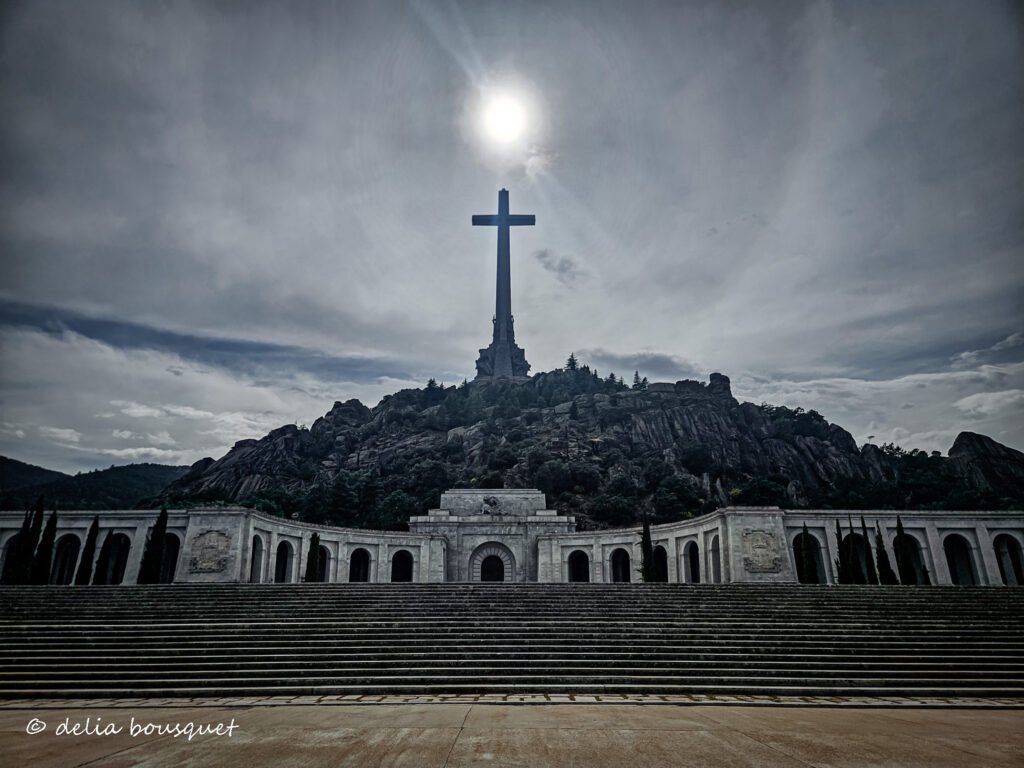
To summarize, in general, non-controversial terms, the valle (valley) is a giant monument ordered to be constructed in the forties by Spain’s dictator Francisco Franco to honor the people who died during the Spanish Civil War, supposedly from both his side and the other side. The problem is that Franco did a lot of, we’ll call it, bad stuff—like mass killing the opposition, scholars, and basically anyone that didn’t fit into his definition of Spanish. Again, major simplification and summary, but all you need to know is he’s a bad guy who could be compared to a particular leader from Germany.
The monument is filled with symbols of Franco’s regime, and for many years after his death, he was buried there until, after so much controversy, he was dug up and moved. It honors the war from a very one-sided perspective, yet houses bodies from both sides, much by force, with them basically collecting bodies against the wills of families. It’s essentially a mass grave. It provides a visual reminder of all the other mass graves—both known and yet to be discovered—across the country.
Here, we met with the volunteer archaeology team who told us about their work to identify bodies for families and the complexities involved. We also had a tour with a leading scholar in the field who has worked on excavations across the country. It was definitely interesting, although I was slightly let down because, outside the monument, our professors said we were very lucky to have the chance to meet these archaeologists and hear about their work. I took this to mean that we were going to see them doing the work. No—apparently their work is highly secretive, and even the families of the bodies they find have difficulty visiting and can’t remove the body once it is found (or something like that).
This visit happened very late in the day after a previous four-hour tour of El Escorial, so these details may not be 100 percent accurate.
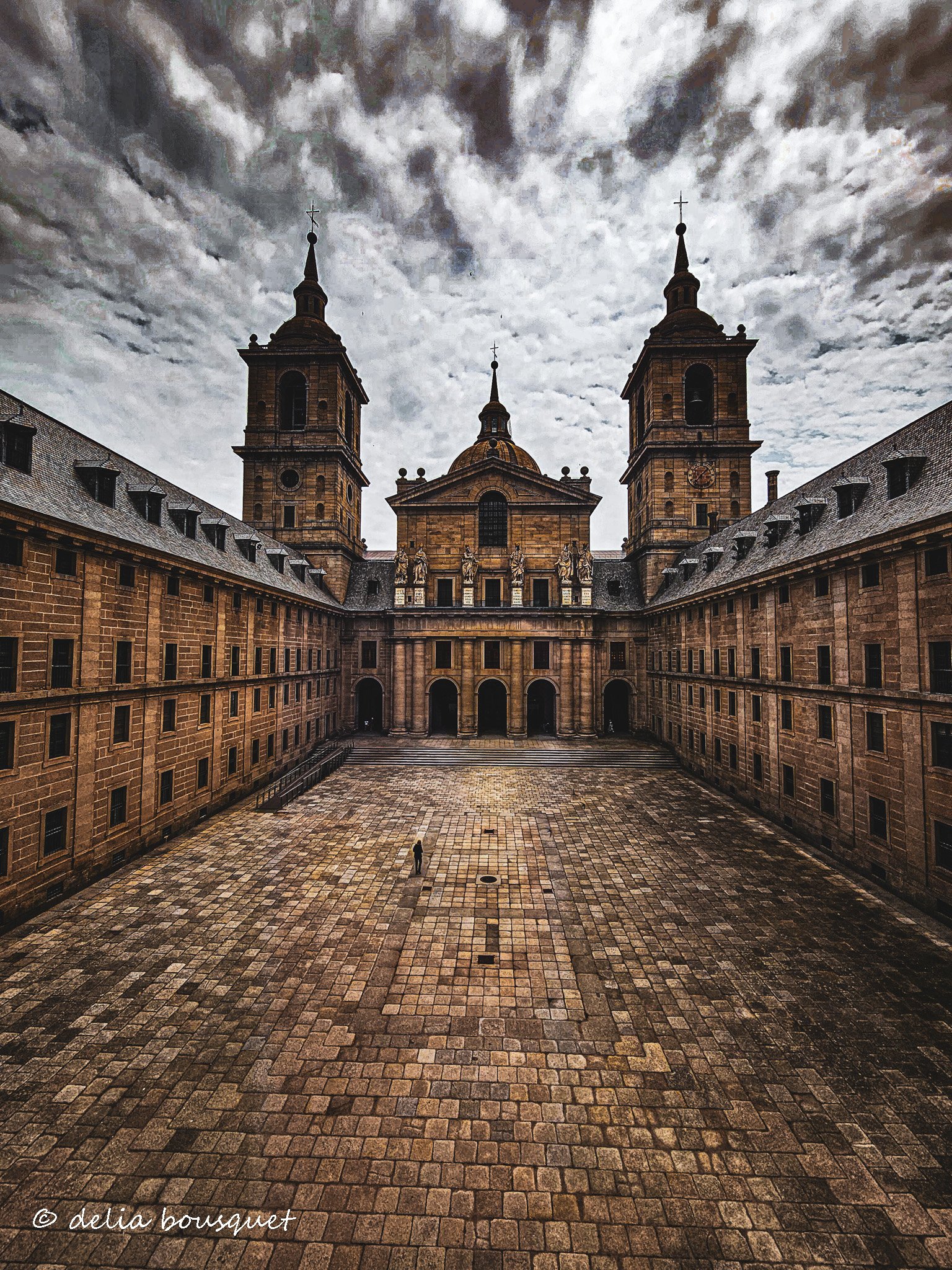
Speaking of El Escorial, the summary is that it is a giant building with a lot of stuff inside—like a library, a church, a place for monks to live, an old palace, the burial place for all the kings and queens (with some complexities about who qualifies to be buried there), and more. What was interesting is that the Pantheon, aka the burial spot for the kings and queens, is already full after the parents of the current king died. This means the current king and future monarchs will not have a place to be buried, which is wild considering this has been the spot for centuries.

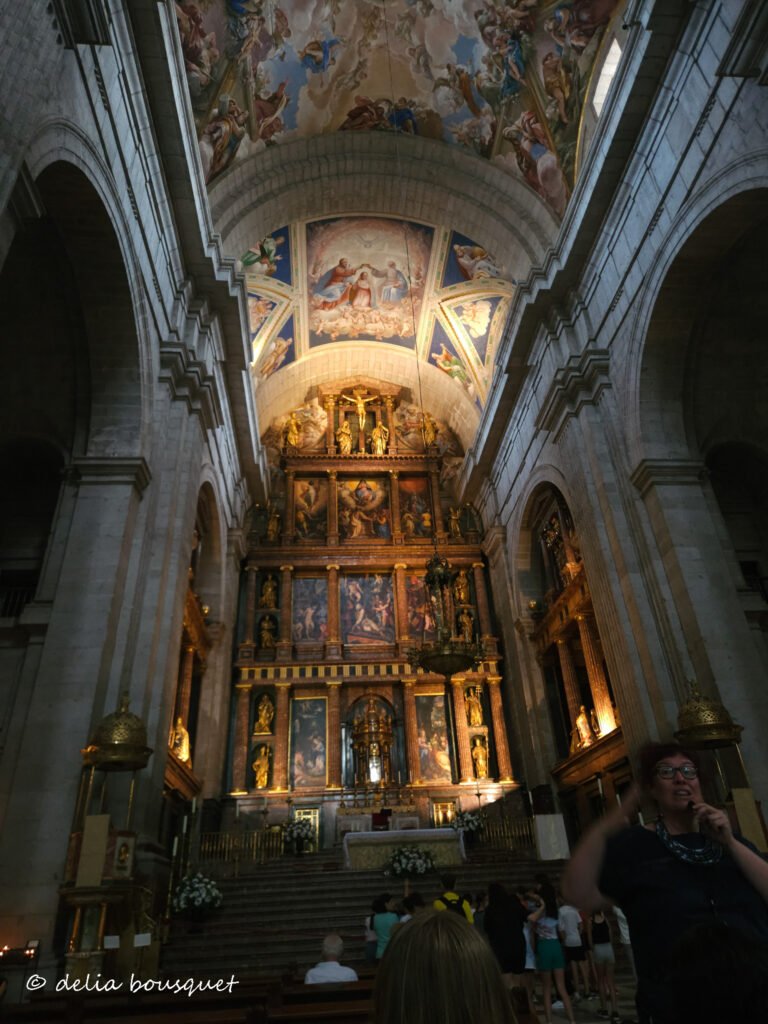
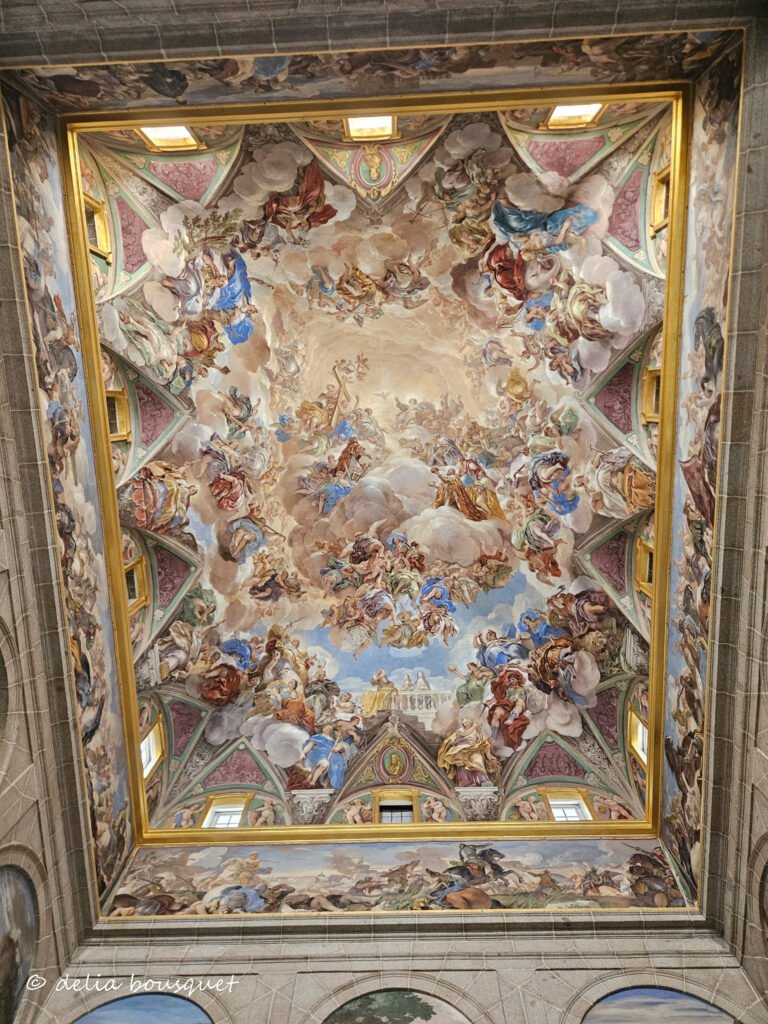
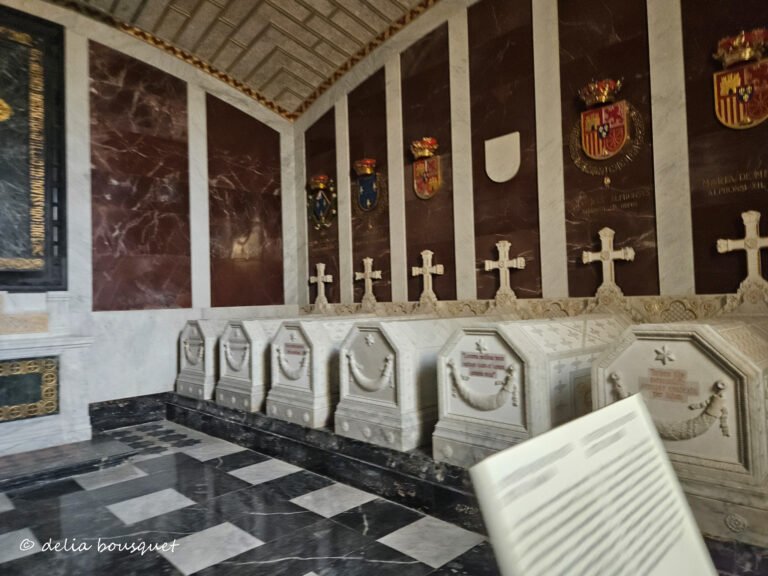
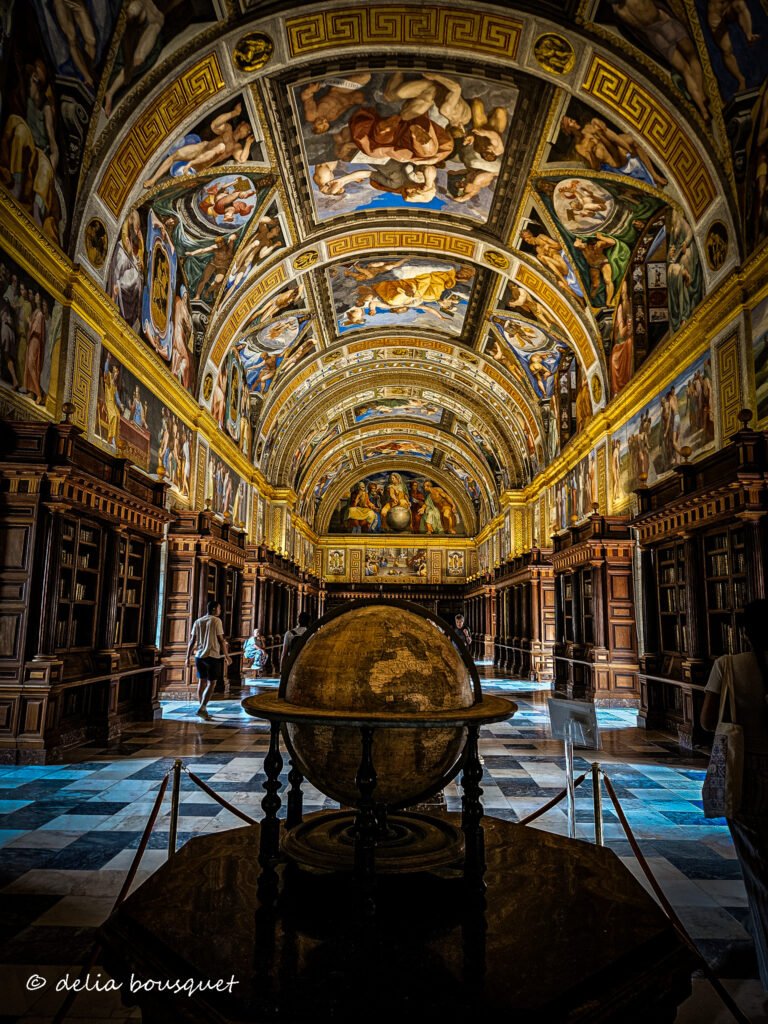
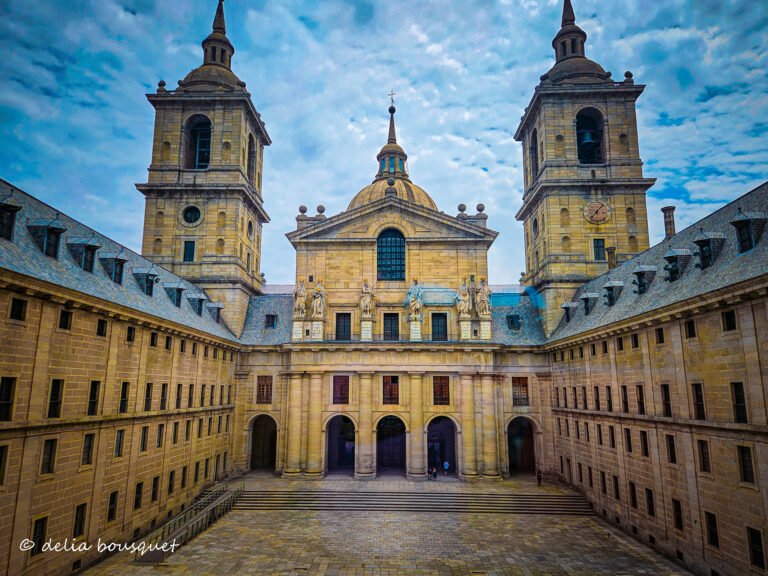
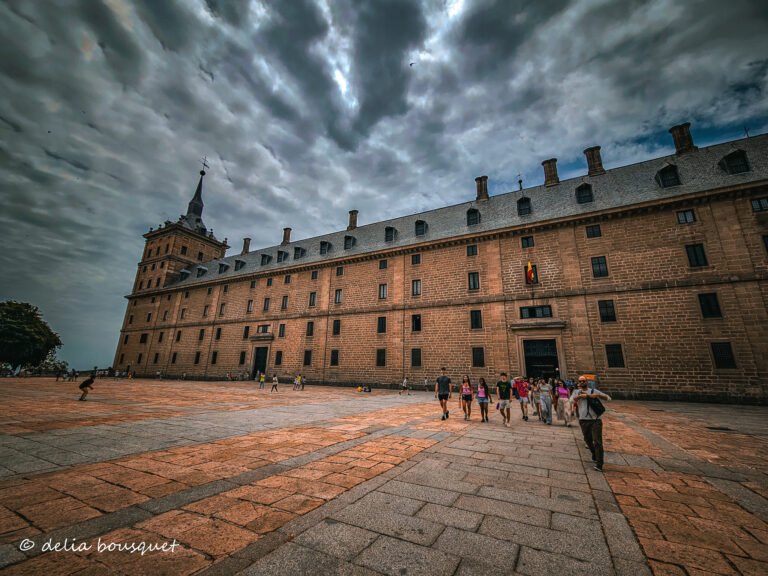
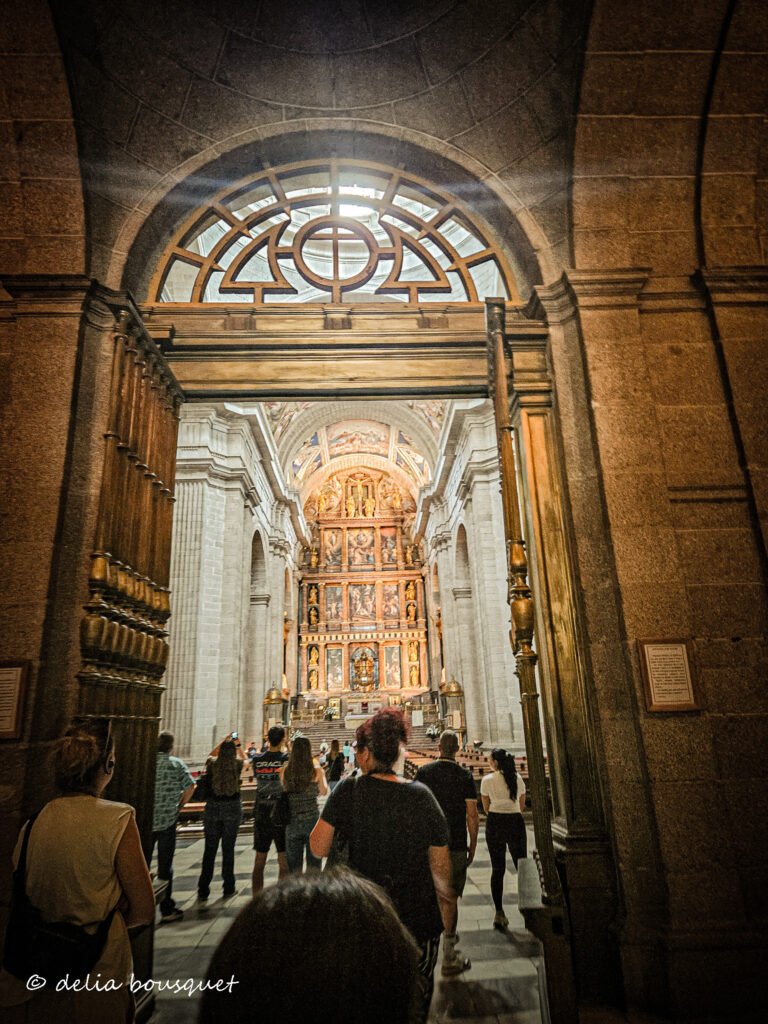
On a more fun note, we went to the worst restaurant of the trip that day. We were served from the menú infantil (kids’ menu) a steak (which was borderline raw for some), some pasta (which wasn’t that bad), and maybe the worst piece of food I have consumed on this trip—a cinnamon crepe that tasted like someone took a piece of playdough, put some water on it, squirted out some Crest cinnamon toothpaste, and squished it all together.
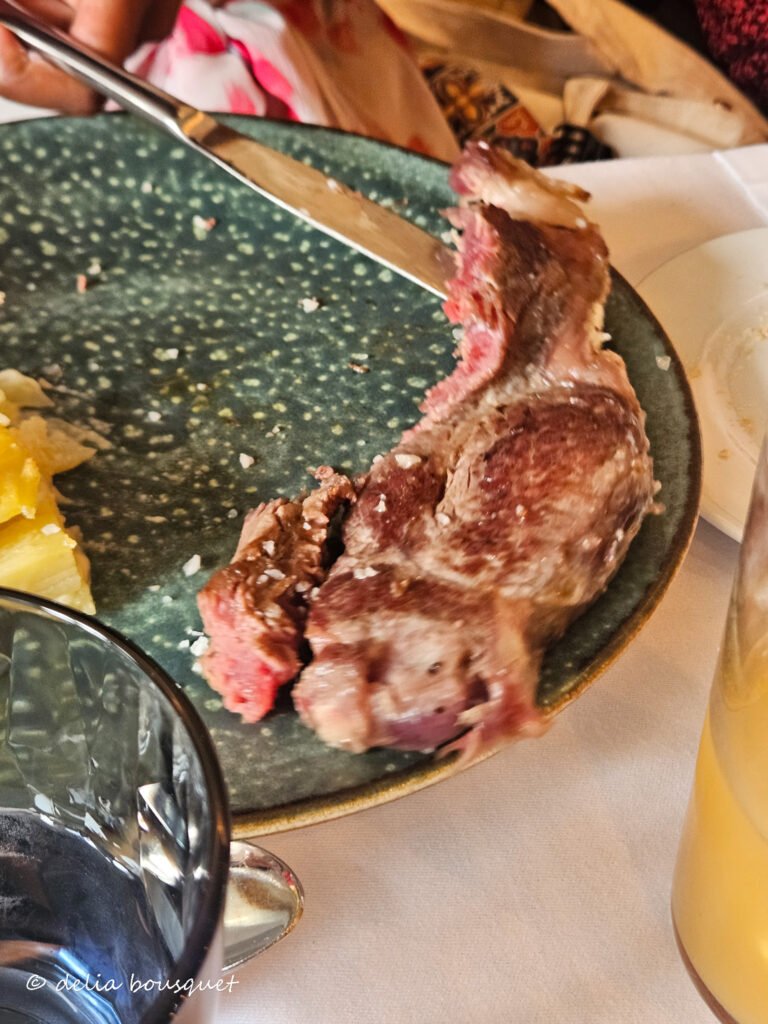
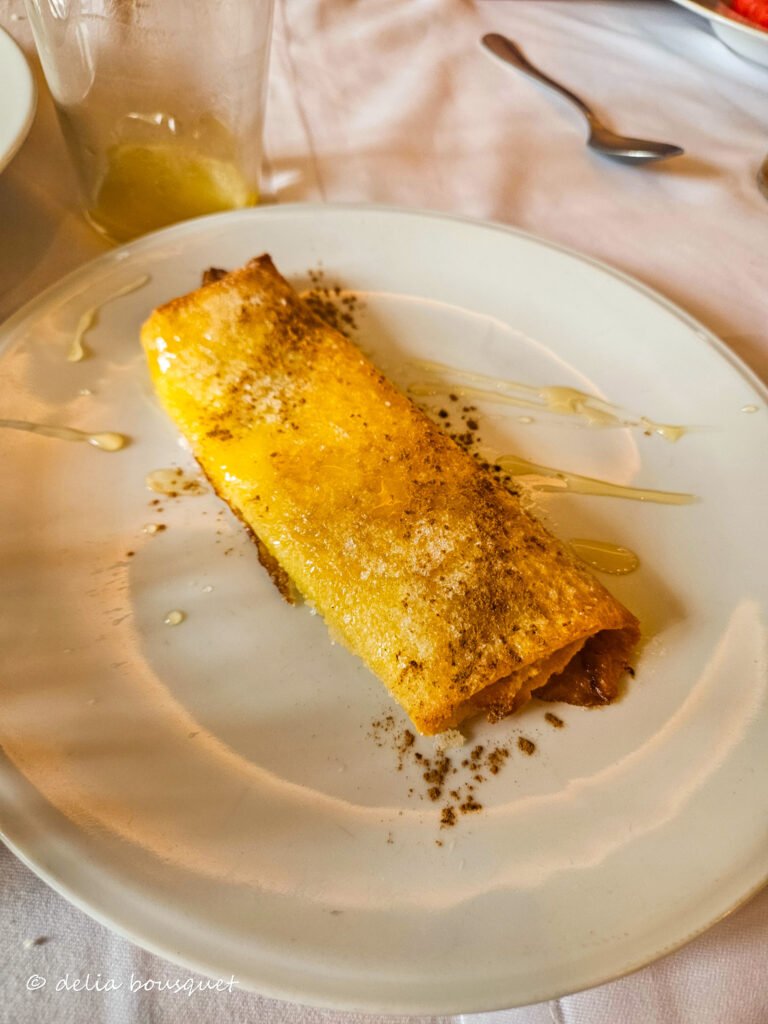
Stay tuned for next week’s edition where I tell the story of how my host mom witnessed a drunk American fall from three meters on his head and basically almost bleed out… Well, never mind, that covers most of it.
All in all, this first month has been great. Do I wish my classes were more interactive and engaged more in experiential learning? Yes. But was it still an okay time? Also yes. It’s odd how now, more than ever, living in a host family—with food being made for me, my laundry being done, and staying in a room with dinosaur toys and helicopters all over the shelves—I feel like an adult. But that’s the truth. I would’ve never imagined months ago doing solo trips across the country, navigating Spanish public transport. But now it’s like the back of my hand. I can walk around town without Google Maps, give coffee place recommendations (hint: it’s not Starbucks), and go on solo adventures.
Is the Spanish happening perhaps very questionable? Sí, pero no me importa. (Yes, but I don’t care.) I already know I can write well and know Spanish; I just need my mouth to memorize it. I definitely need to start talking a lot more in this next host family because “sí” and “qué calor” are definitely not helping me. Maybe I need a new rule—no more “sí.” But then again, “vale” is such an easy word. Like, can we all collectively agree that it is socially acceptable for me to respond to anyone’s English text message with “vale” (ok)? It is so tempting. My head always thinks “vale” before “ok” now—it’s a little bit of a problema.
Someone please tell me why I sound fluent in class, but the minute I need to say something in the casa, it’s like Spanish 1 all over again. But then again, I’ve heard so much Spanish within the last month that sometimes I just tune it all out and it sounds like just sound—but other times I’m like, wow, I’m really understanding this! So maybe I’m just listening better in class? Idk, people have degrees in this stuff… and I’m not one of those people.
I’m going to miss my host family mucho. I think we just vibed well. But I am also looking forward to experiencing different ways families live and the diversity of Spain. I’ve learned so much from them—like how if it looks like a decorative chocolate, it’s not; it’s jabón (soap). I’ve learned about the staples of machismo on TV (not really sure how to translate this one… maybe just do a Google search) such as jamón, a bar, and fútbol because God forbid a girl joins a soccer team—that would just be el fin del mundo (the end of the world).
Before I close, I just want to share one last lesson from my time in Toledo that I forgot to write about last week when we went to the Prado. If you ever find yourself leading a tour with a mic hooked up to 12 students and two other professors and decide to pause the tour for a restroom break, unplug the microphone—or all 12 students and professors may hear some conversations that shouldn’t leave the baño (bathroom).
Lastly, palabras de la semana:
- La funda: A covering in general, but in my case referring to the cat couch covering that the gatos were ripping up.
- El columpio: For when it’s hot and you just want to chill on a swing.
- El área de juegos: Playground.
- El martillo: Hammer—I don’t know when I wrote this one down.
- La moneda: You should know this one already just by the number of times I wrote it.
- Por accidente: When you book your return train ticket for the next day instead of the current day, decide you want to go to customer service to change it, but then there are over 100 people in line, so you figure you can just do it yourself—and end up losing 6 euros because refunds are not full and a new one-way ticket is more expensive than a round trip. Don’t ask me how I know that.
I will note that all of this could be avoided if:
- The Renfe website wasn’t the worst website to exist in the history of the earth.
- I had not changed my phone to 24-hour time and been very confused about what time to buy the ticket for (which was also listed in a 24 hour format but I was doing the conversions all wrong).
- Spain—and I guess the rest of Europe—didn’t do dates backwards with the day first and then the month.
Just know that if you ask me the time or the day, I won’t be able to tell you, and I am so confused. Like, it is currently 20:15. Now add a 6-hour time change from home, and I am so confused. I am about ready to give up on the immersion and go back to 12-hour time.
That’s it for this week! Sorry for the disorganization, as most of this was typed on Tuesday and Wednesday night trying to get it done for Wednesday. I’ll see you next week for some exciting updates on my new city, family, and of course, if Salamanca lived up to the hype. Time for some cena (dinner) soon—tengo hambre (I’m hungry).
Nos vemos el próximo,



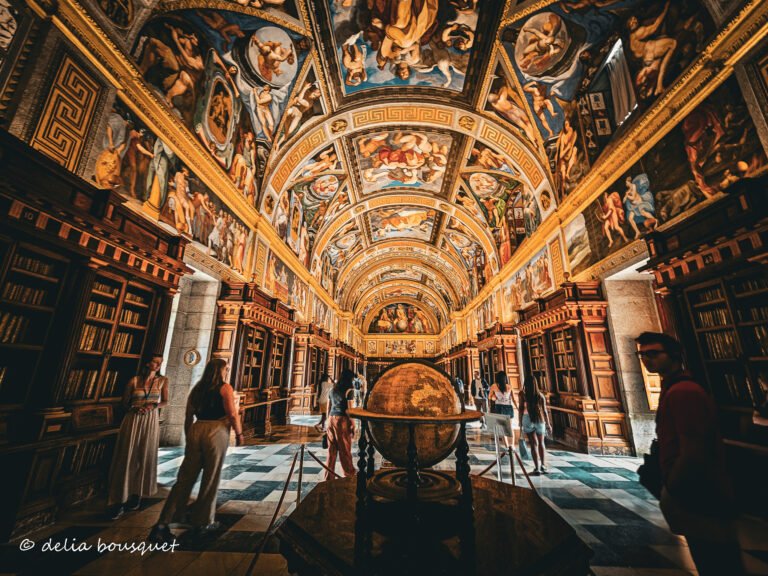


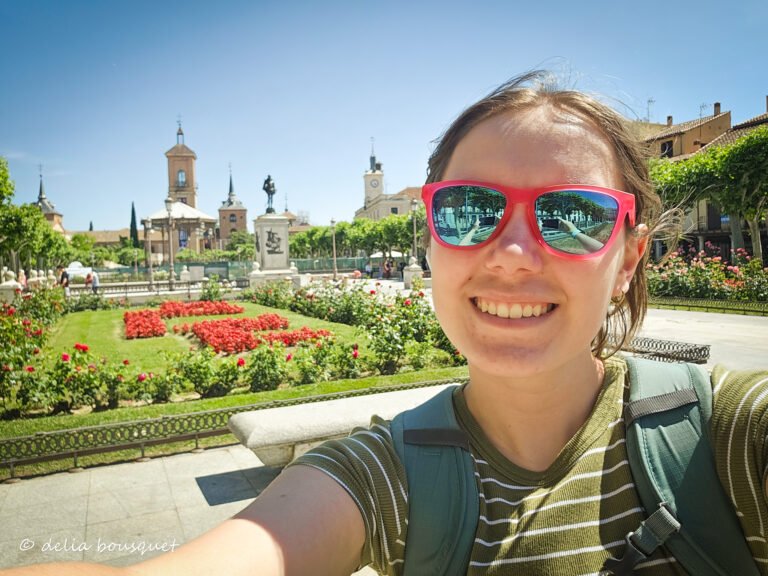
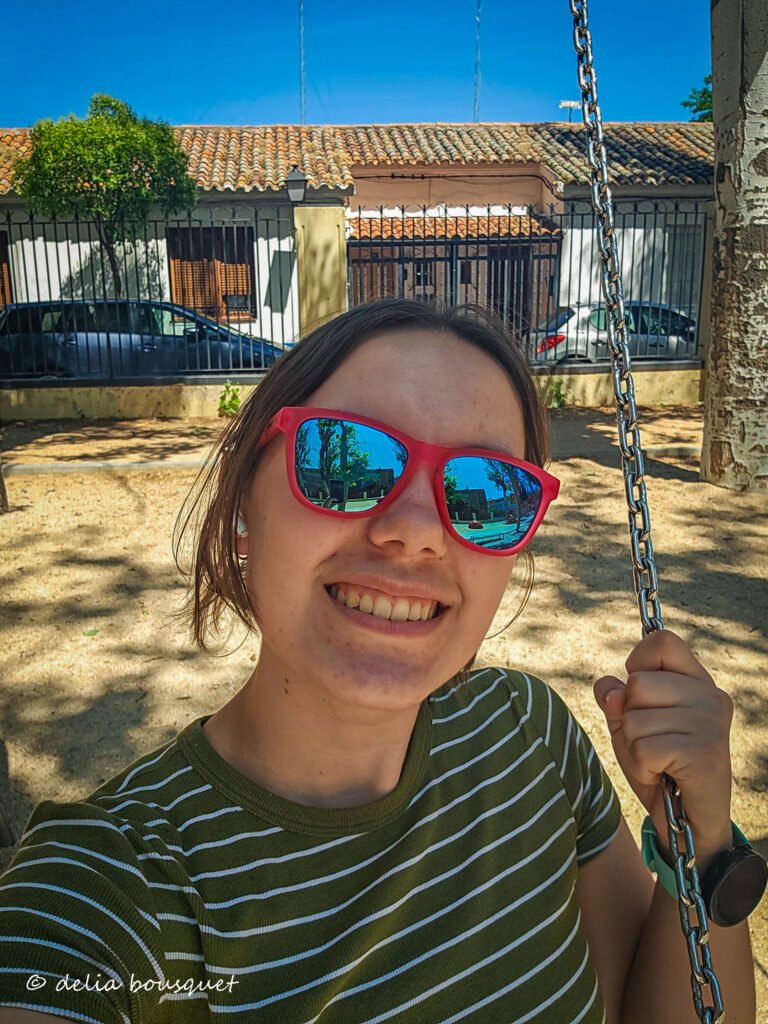
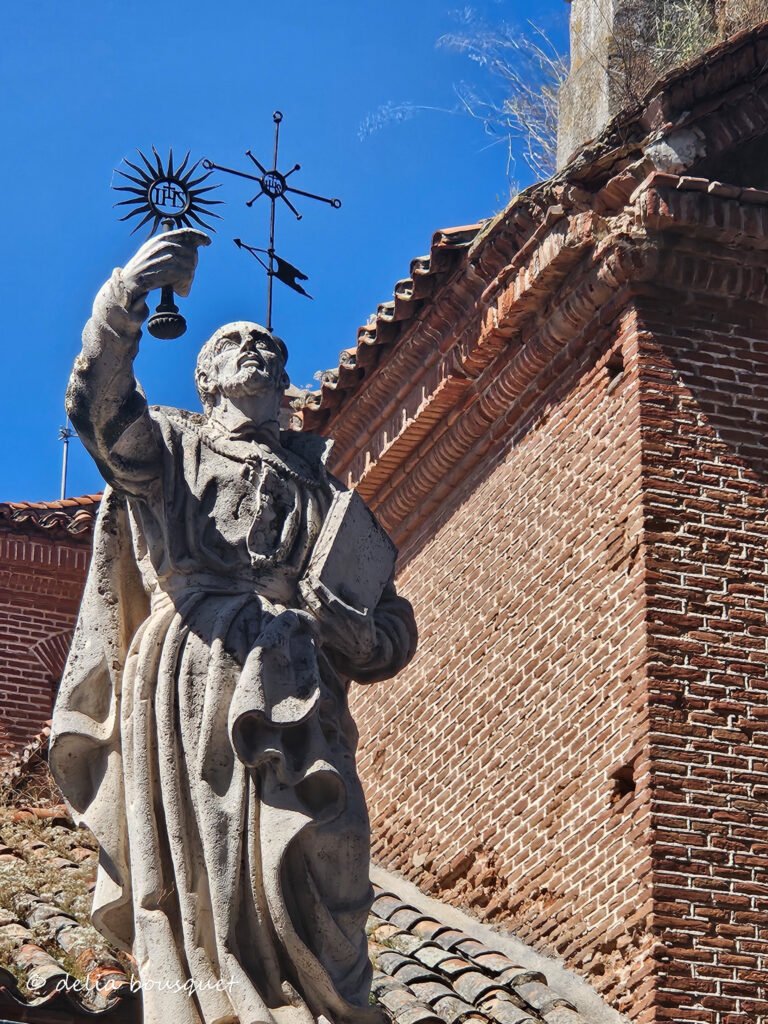
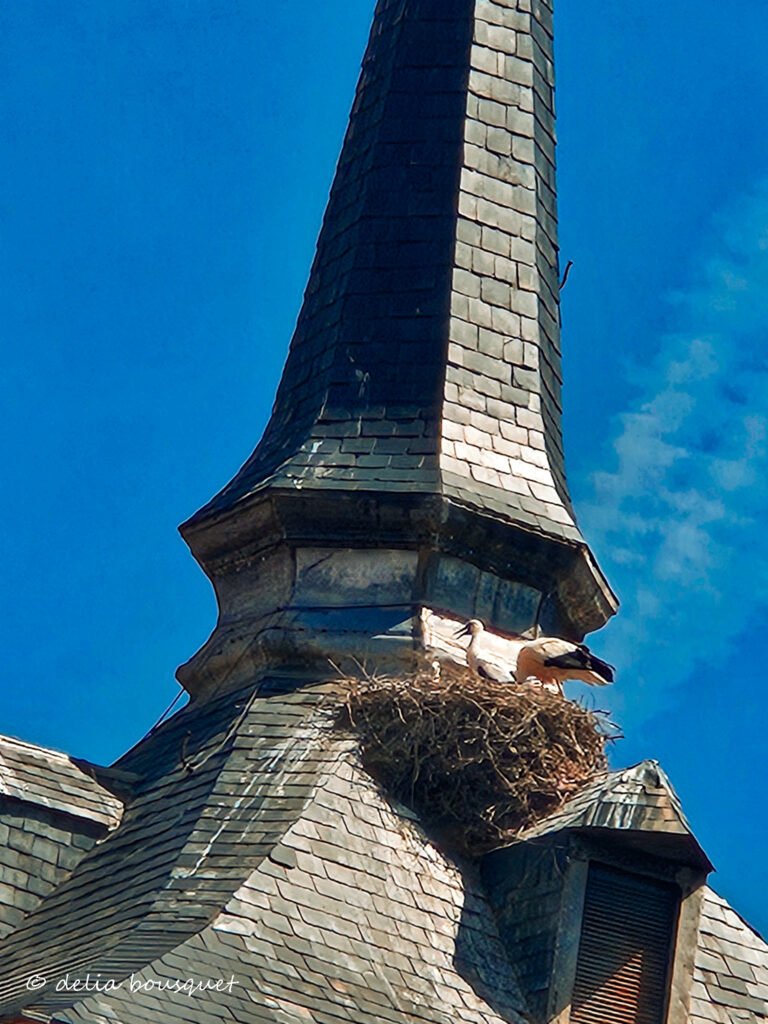
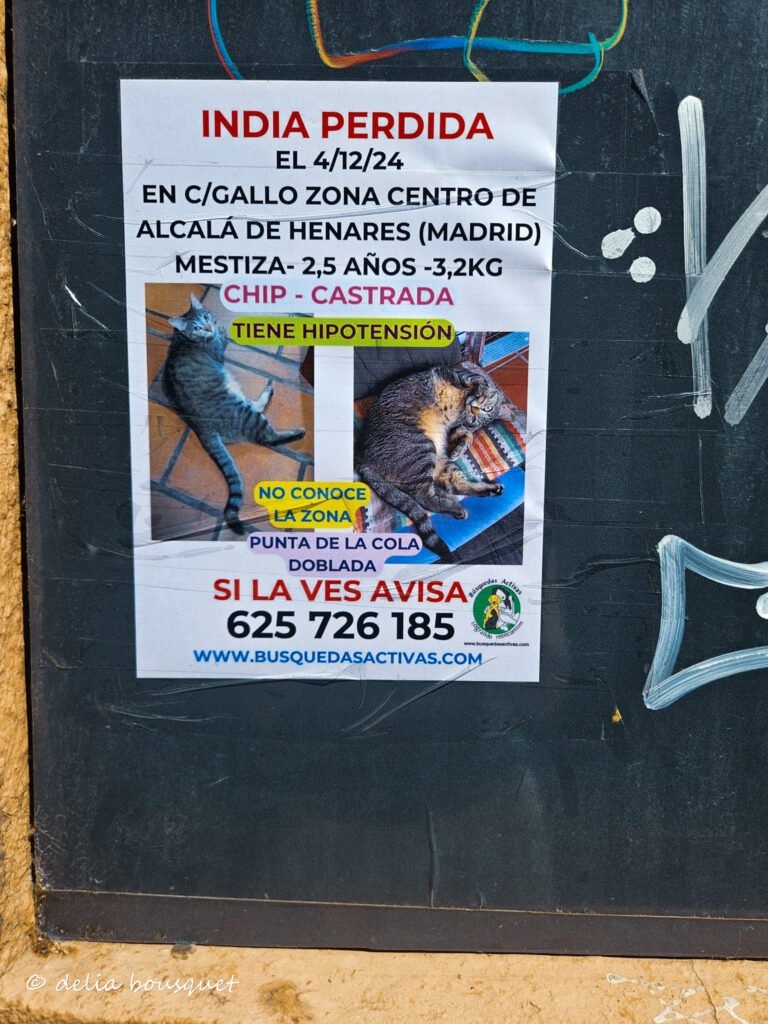
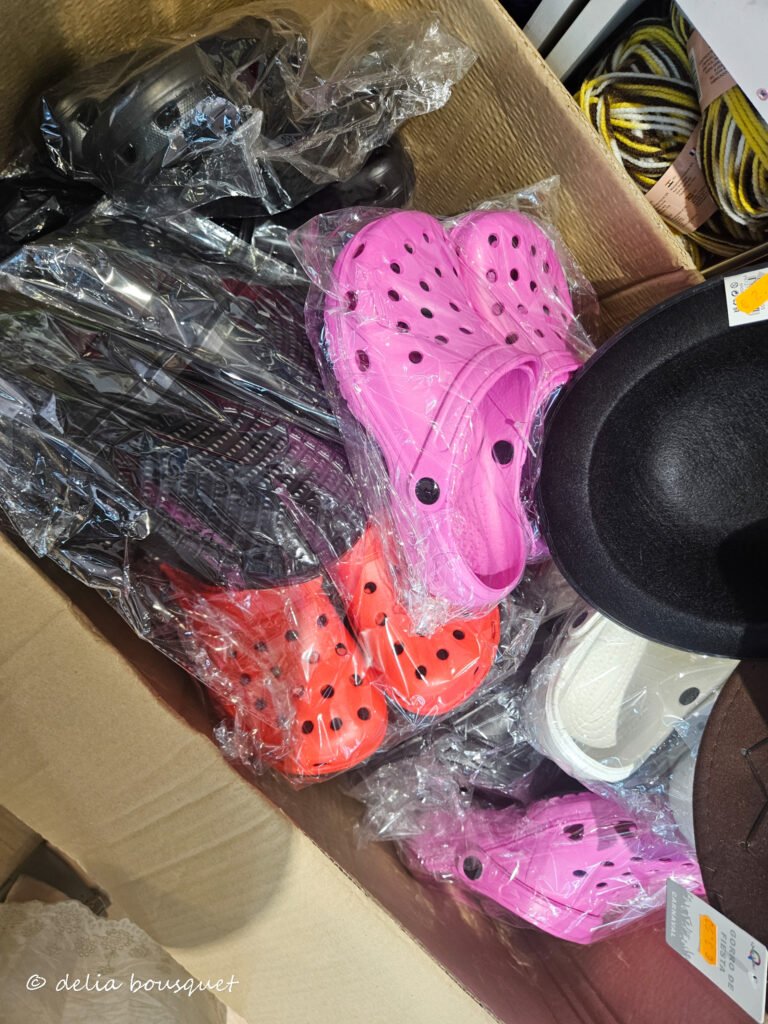
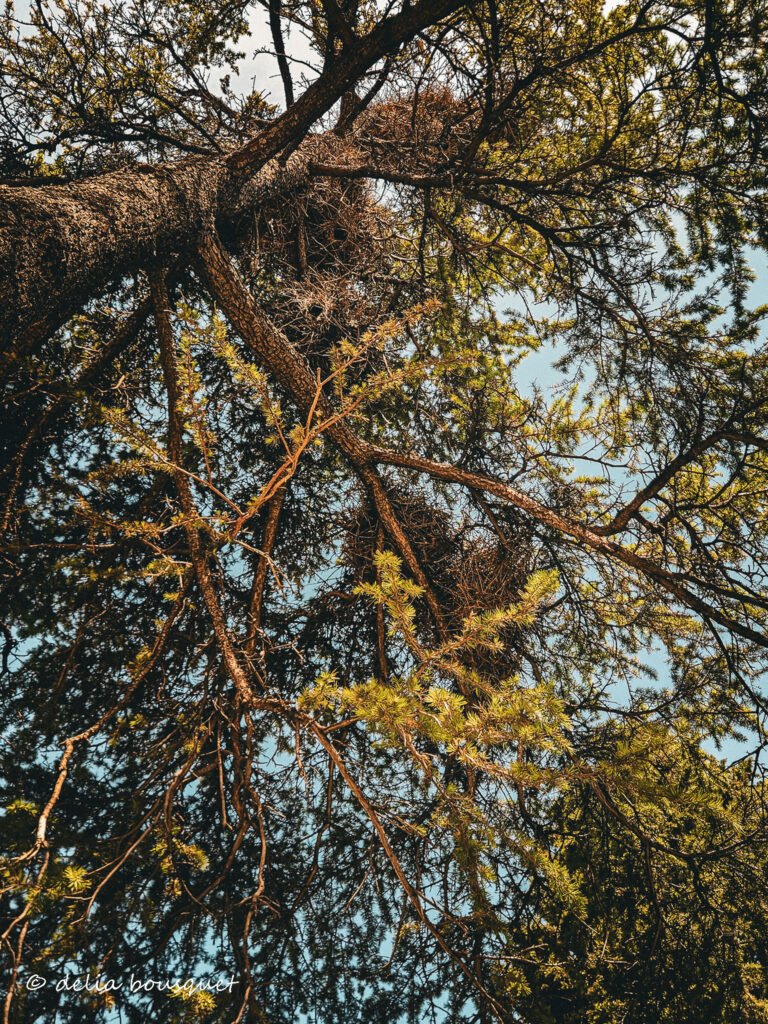
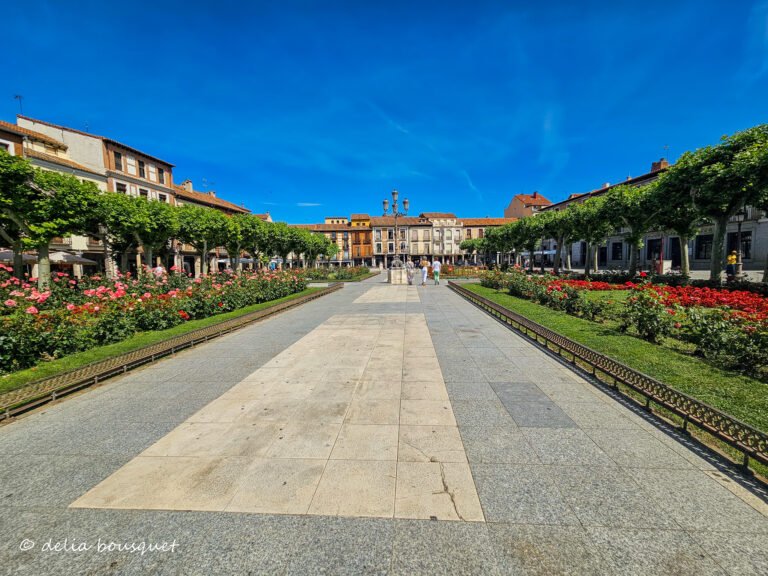
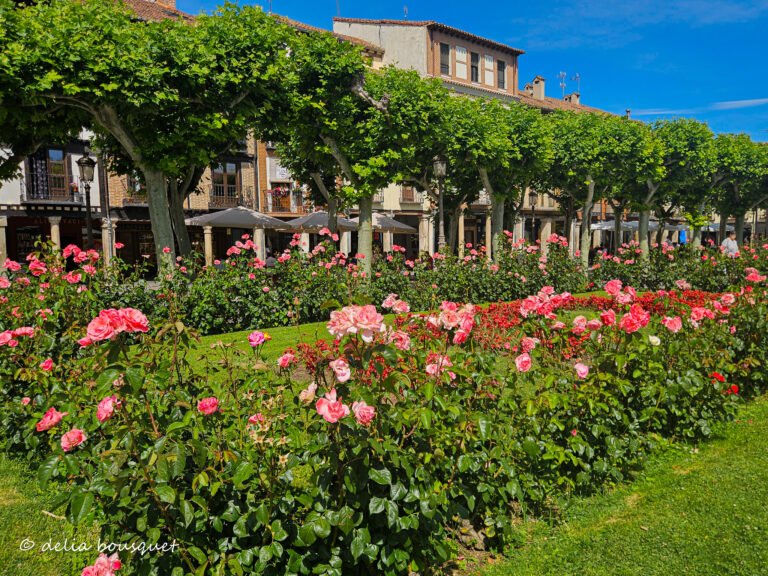
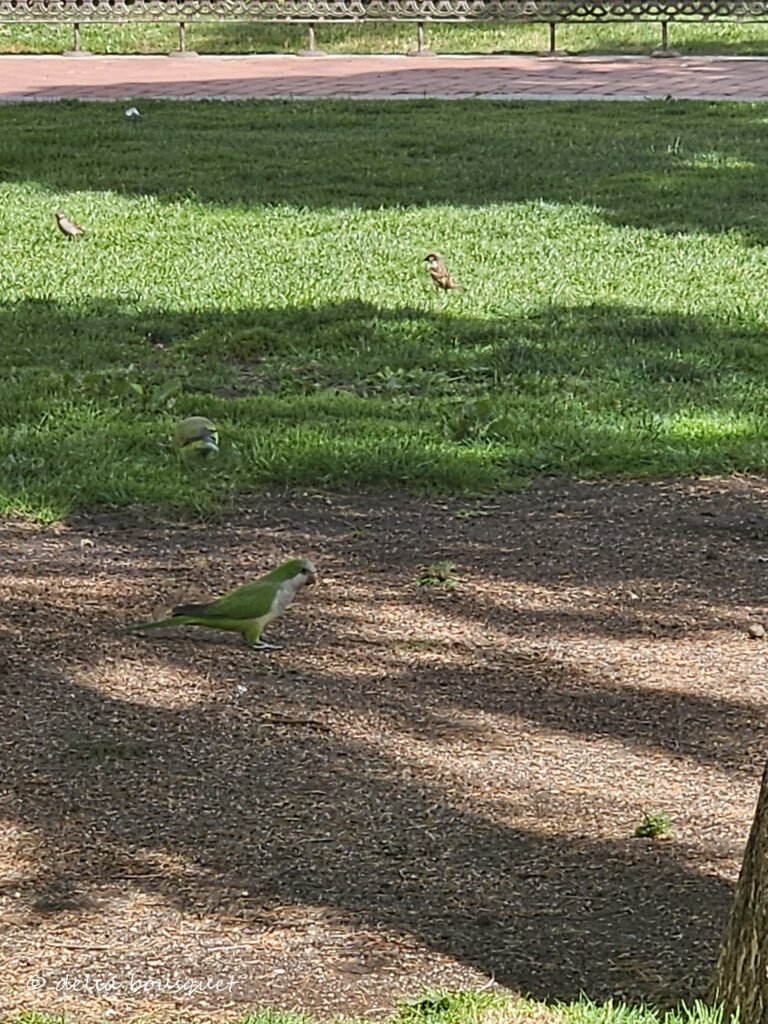

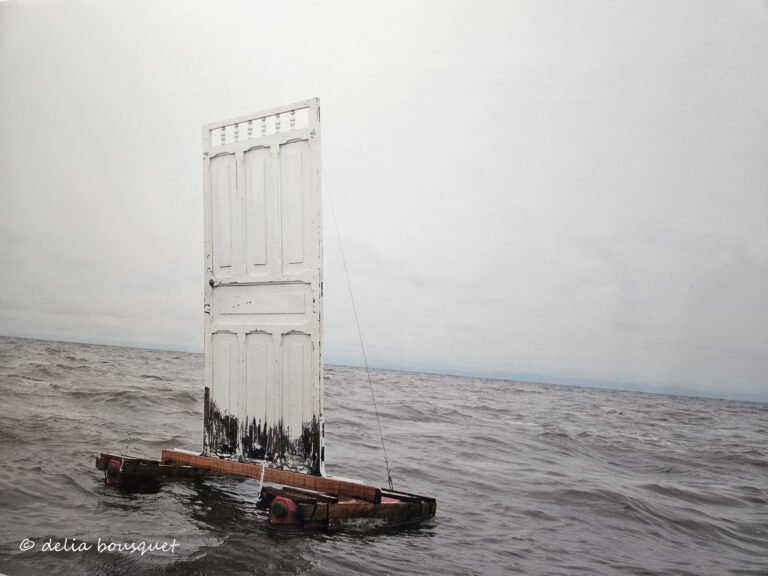

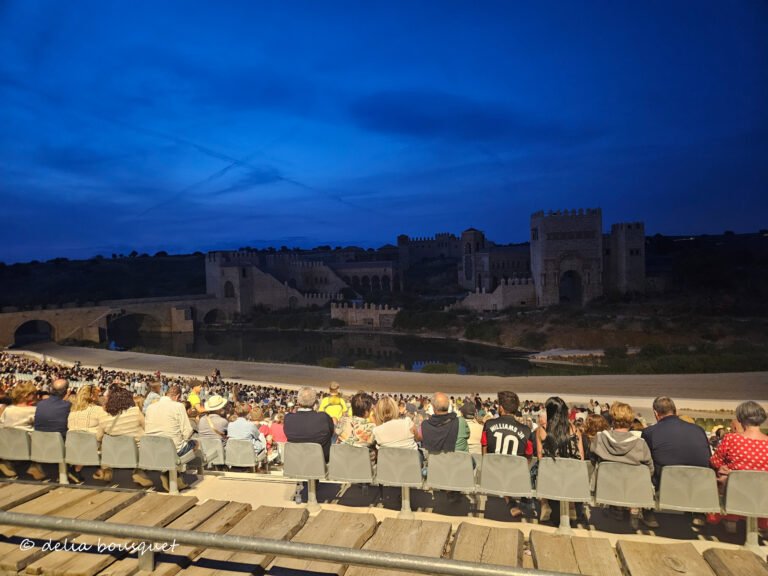

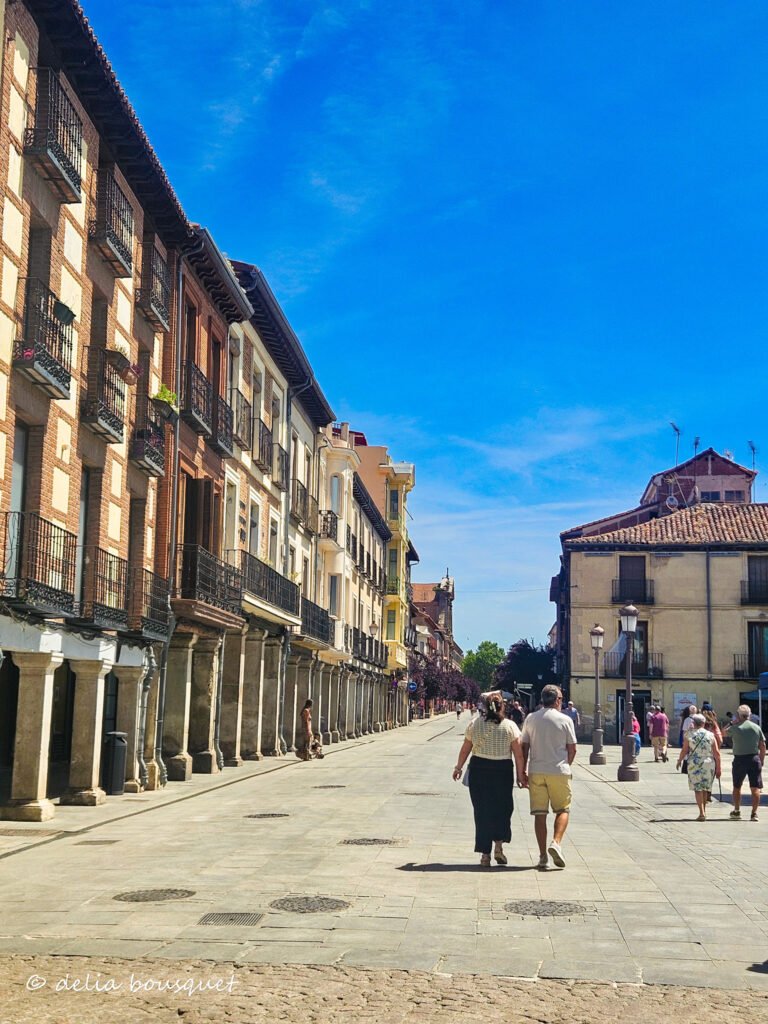
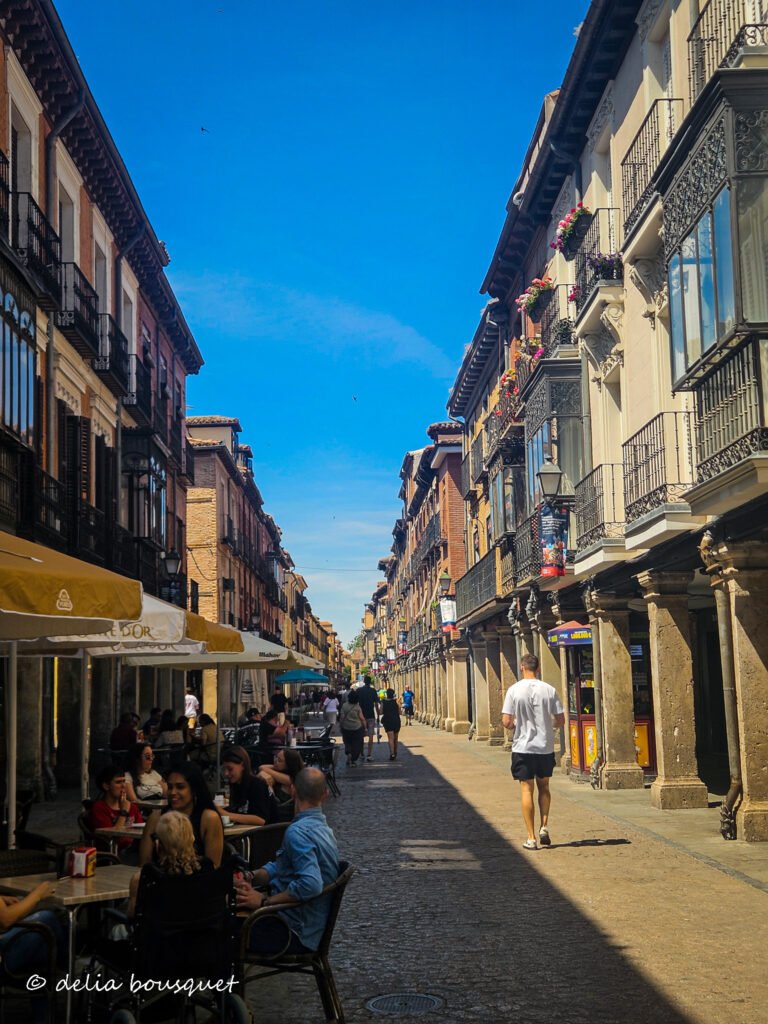


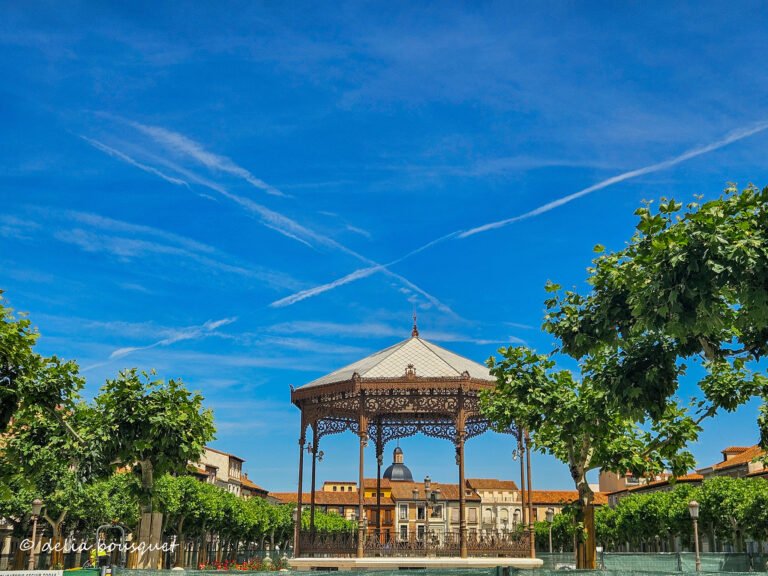


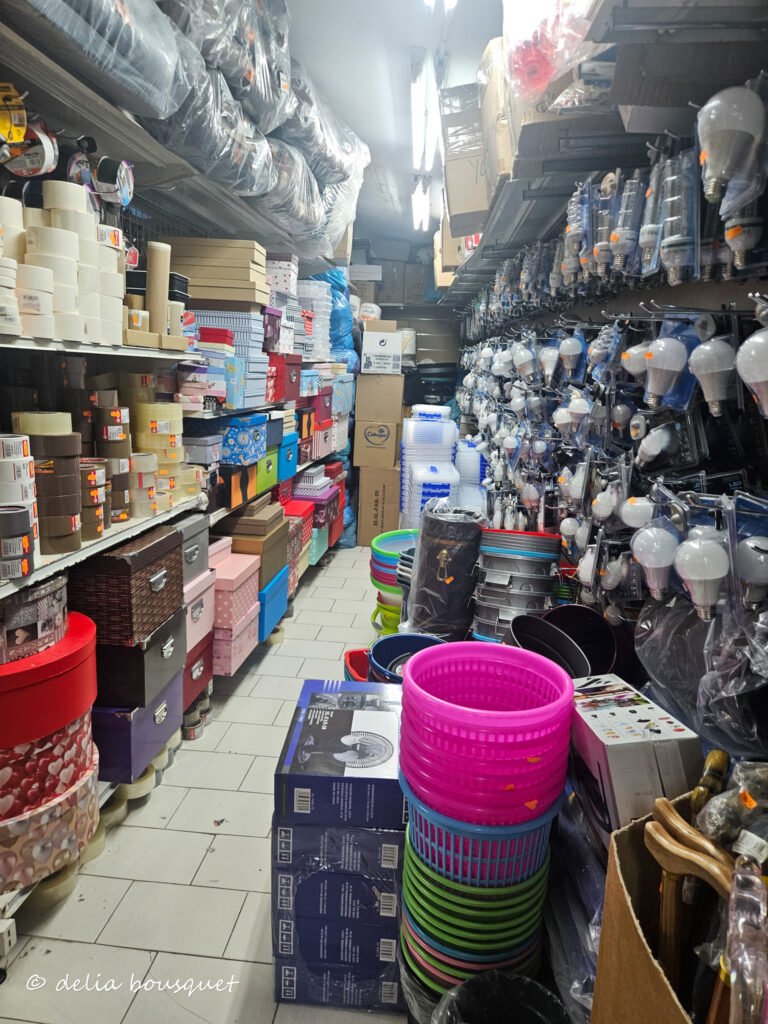



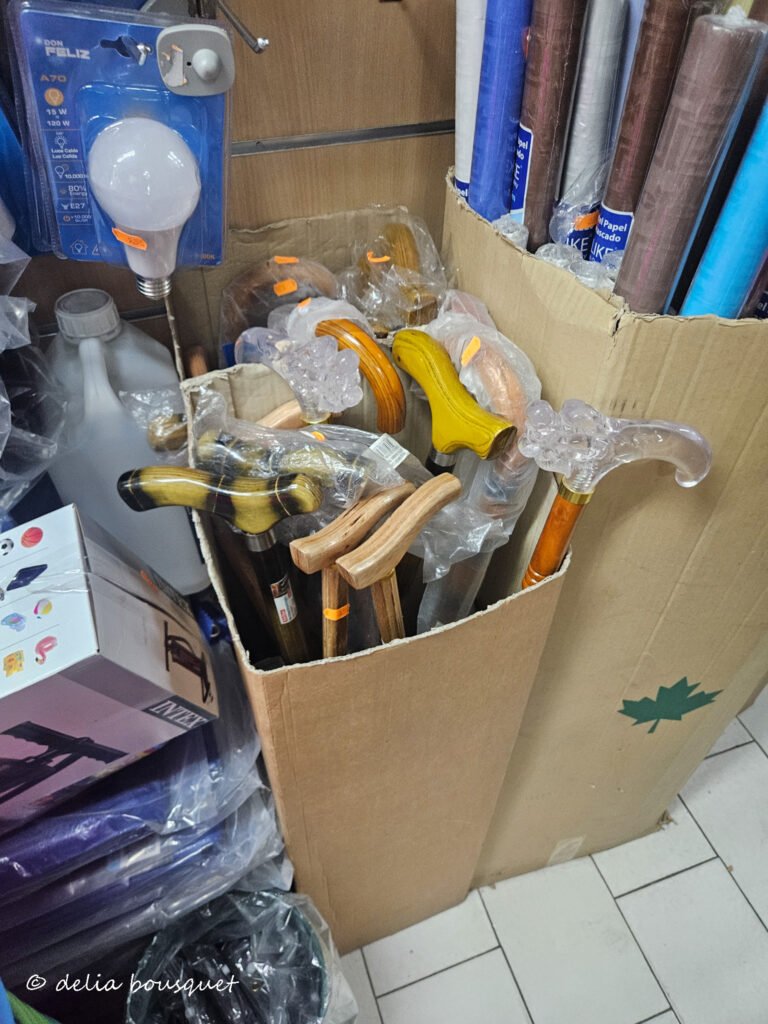

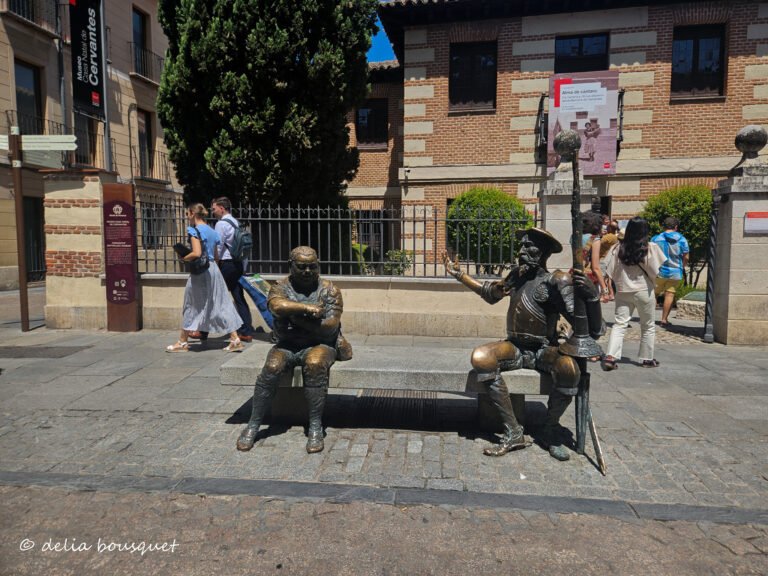

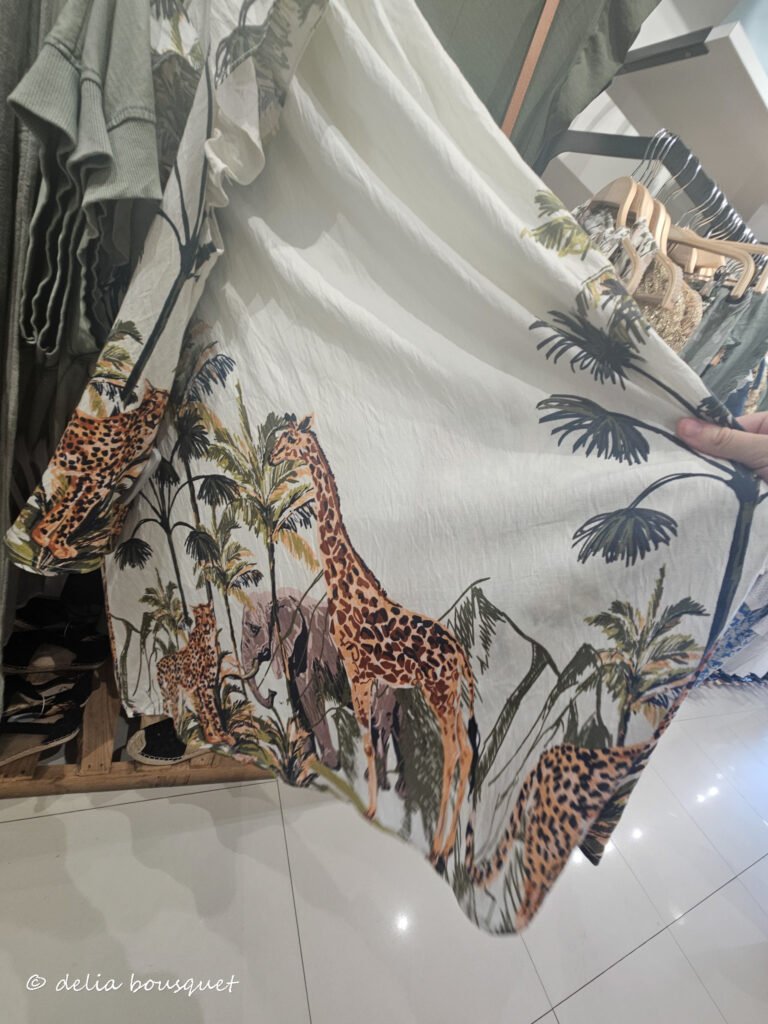
You should title your next book “My Summer in Spain”. Glad you are having such a good time.